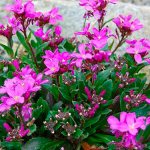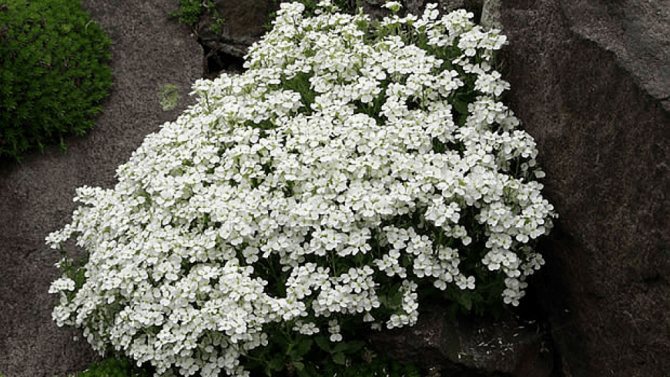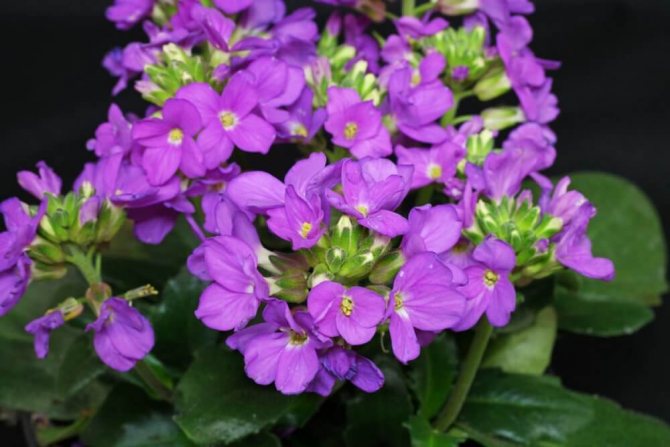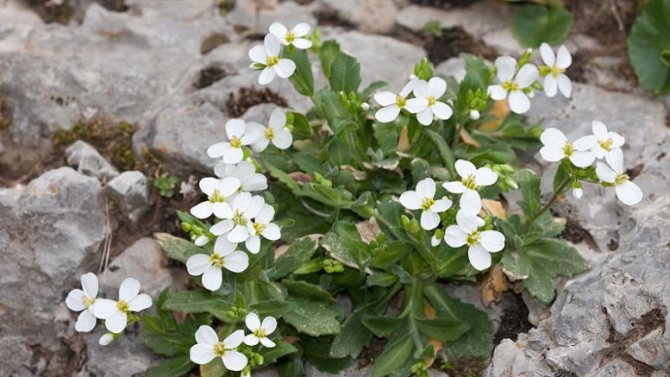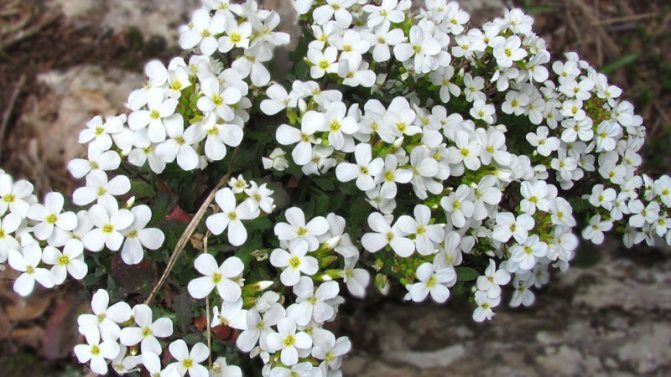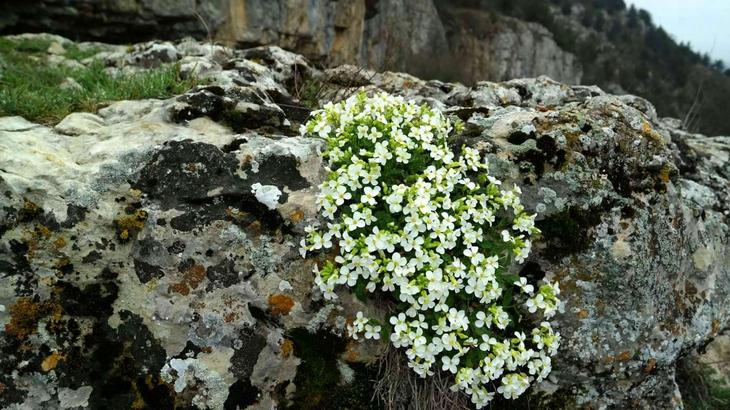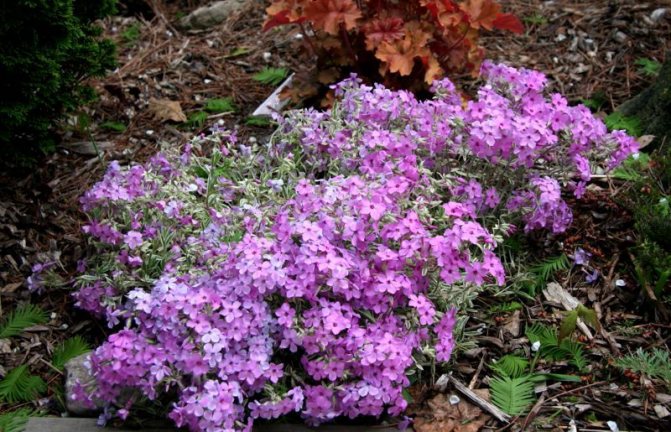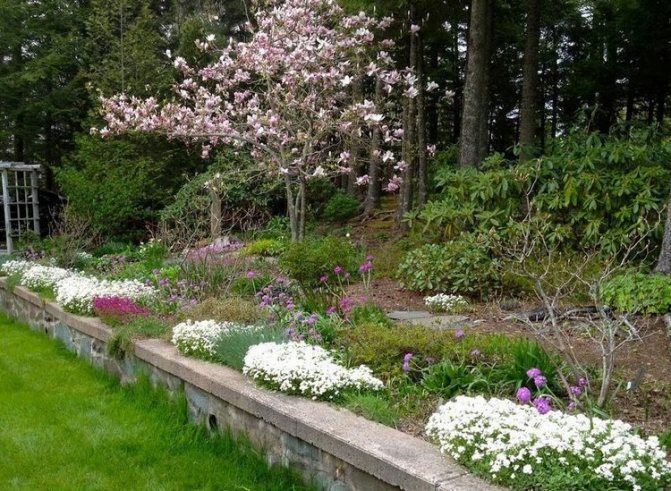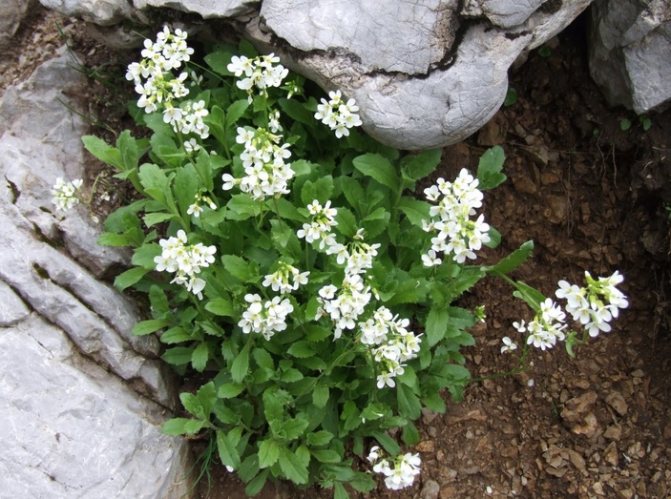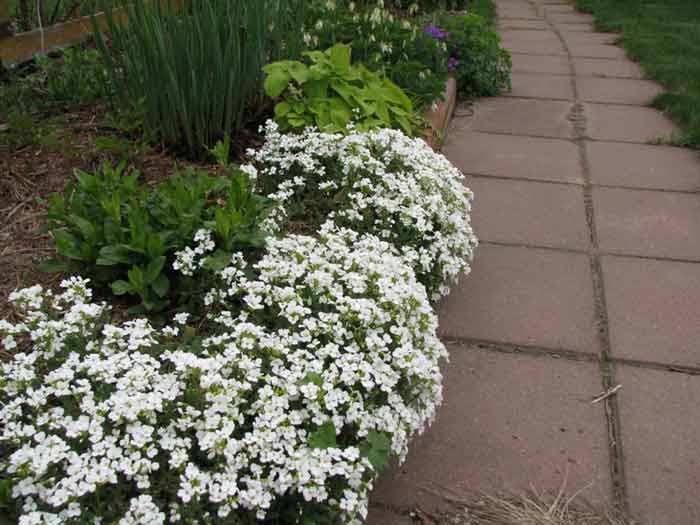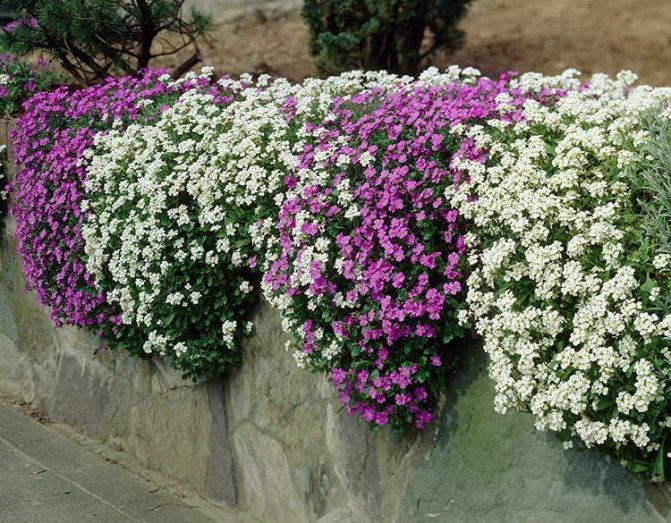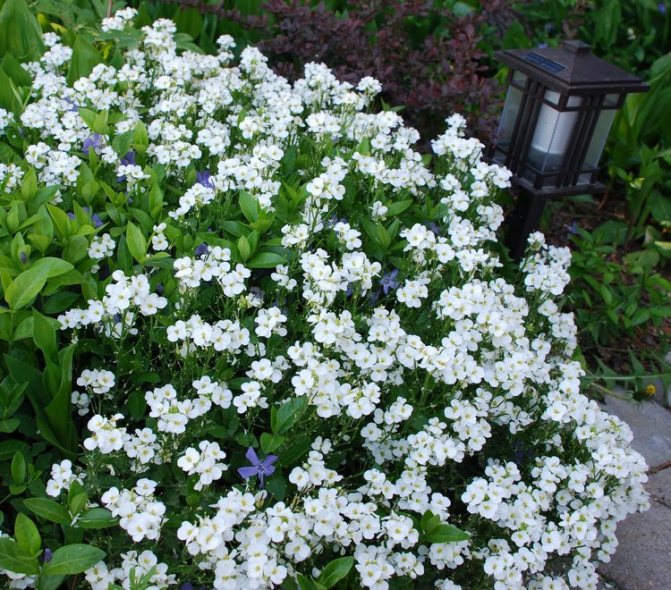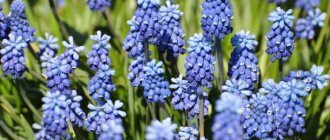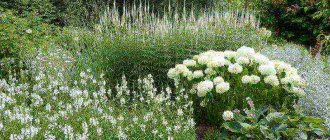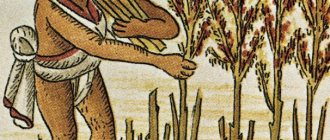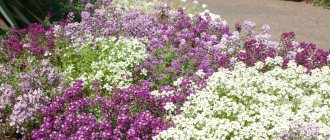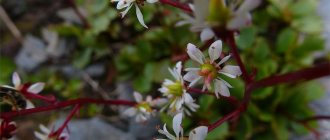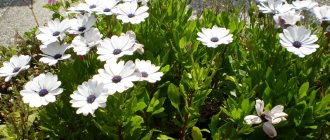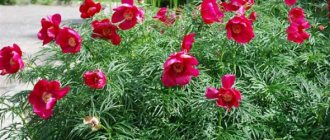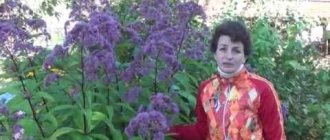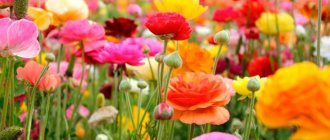The perennial herb Arabis, also called rezuha, is a member of the cruciferous or cabbage family. This genus includes more than 100 species. In the wild, such a plant can be found in areas with a temperate climate in the Northern Hemisphere, as well as in the mountains of tropical Africa. It is not clear exactly how and where the Latin name of this plant came from. Razuhy, however, it is called because the bush is covered with tough hairs, about which you can easily get hurt. Arabis has been cultivated for more than two centuries. In landscape design, these flowers are used to decorate flower beds and mixborders, as well as ridges, borders and alpine slides.
Description and features
Arabis is a perennial plant in the Cruciferous family. It is characterized by whole leaves of emerald or variegated color and light down. There are oval, heart-shaped and arrow-shaped variants. The color of the flowers is white, lilac, purple and pink. The dense and dense inflorescences of arabis are racemose. Belongs to the type of ground cover plants that give the impression of a luxurious grass carpet in the garden. It grows rather quickly, and its fresh shoots take root easily. The average plant height is 30 centimeters.
The flowering period of Arabis falls at the end of April or the beginning of May and lasts 16-30 days. The second stage of flowering in September is also possible, but for this it is necessary to shorten the stems of the plant by 3-4 centimeters in June.
This plant is common in Europe, Asia and North America. In the wild, it is often found on rocks and mountain slopes. Arabis is unpretentious, and even in harsh conditions it is able to remain attractive.
Features of arabis

Arabis is cultivated as an annual or perennial. It is used as a ground cover plant, as it has creeping rooting shoots. The height of the bush does not exceed 0.3 meters. On the surface of green leaf plates there is dense pubescence, their shape is cordate, they are solid, sometimes with a serrated edge. Not very large dense racemose inflorescences consist of double or simple flowers, reaching 15 mm in diameter, they can be painted in white, light yellow, pink or purple. The abundant flowering of the plant is relatively long, and it begins around the middle of the spring. The inflorescences give off a very pleasant smell that attracts a large number of bees to the garden. The fruit is a pod with flat-shaped seeds inside. There are species with winged seeds. This plant is related to horseradish, cabbage, iberis, alissum, colza, mustard, radish and other representatives of the cruciferous family. It has not only a pungent smell, but is also unpretentious to growing conditions.
Growing seedlings
One of the simplest and most reliable methods of growing perennial Arabis is to prepare seedlings from quality seeds, which are readily available at garden centers or specialist shops.
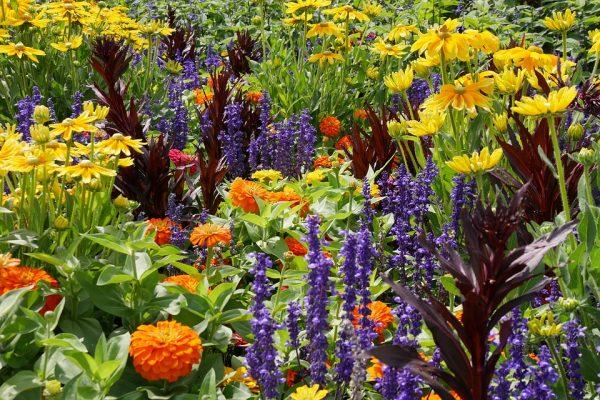

Timing
Seeds for seedlings should be sown in April, using special containers or boxes filled with a substrate with a balanced composition.
Soil preparation
The growth and development of Arabis seedlings depends on properly prepared soil. The optimal composition is a mixture of three parts of garden soil and one part of river sand (it can be replaced with small pebbles).
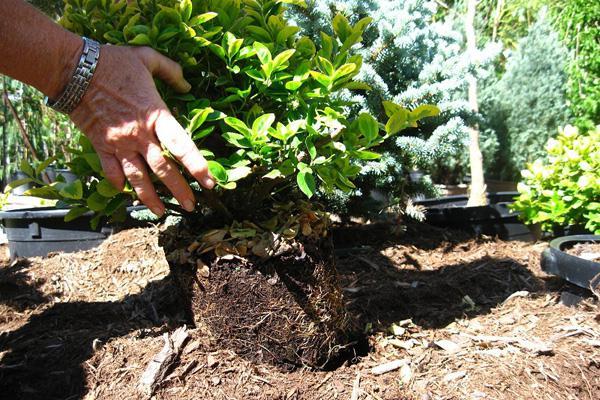

How to plant
The seeds must be placed in the prepared substrate to a depth of 0.5 centimeters. The air temperature in the room where the containers with seedlings will be located should not exceed +20 ° С. To accelerate the emergence of seedlings, cover the containers with agrospan or another type of non-woven fabric.
Watering
Water the seedlings only when the soil requires moisture. Frequent irrigation is not required, but the condition of the soil should be monitored regularly.
Loosening
The topsoil with seedlings should have a loose and light structure, so it needs daily loosening with a small rake or a regular fork.
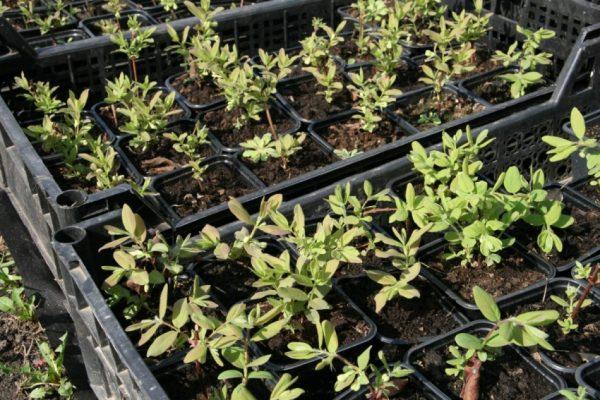

Picking
When the first leaf plates appear in seedlings, a pick is required. To do this, you need to distribute them in separate cups or transplant them at a distance of at least 30 centimeters from each other.
This procedure is only necessary if you plan to grow a flower separately. In the case of growing arabis as a ground cover plant, picking is not carried out.
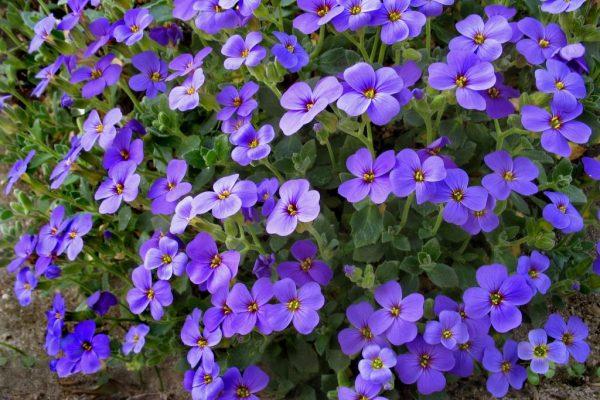

Hardening
The hardening of the plant should be started 10-12 days before planting in an open area. In order for Arabis to adapt well to new conditions, it must be taken outside daily, gradually increasing the duration of its stay in the fresh air. In this case, it is necessary to provide seedlings with reliable protection from drafts.
Fertilizing and feeding Arabis
This mountain plant is very unpretentious and does not need painstaking care. But if you use Arabis in landscape design and want to achieve lush flowering, then we recommend feeding the plant throughout the growing season with special mineral fertilizers. You can start feeding Arabis immediately after landing in the ground.
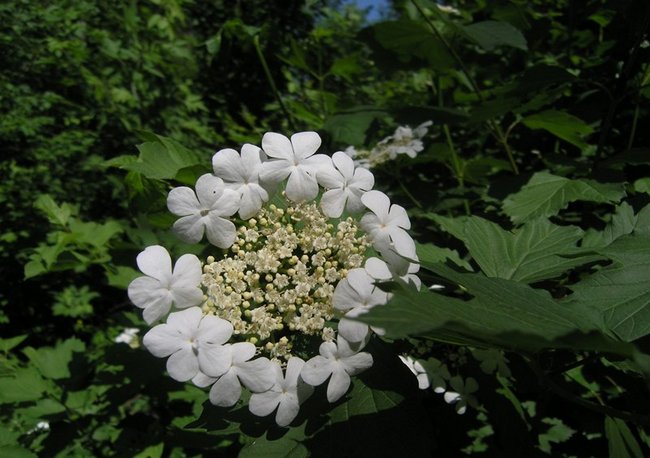

Landing in open ground
Before disembarking, you should study the rules and recommendations.
When to plant
It is recommended to plant arabis in open ground in late May or early June. An important condition is the presence of at least three formed leaf plates in the seedlings.
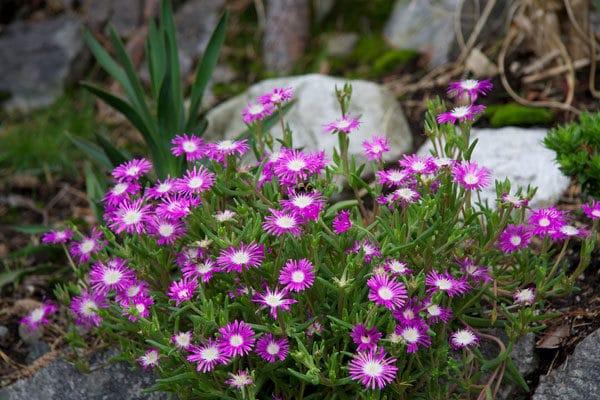

Seat selection
Well-ventilated areas with sufficient sunlight are suitable for planting perennial arabis. Planting is allowed in shaded areas, but in this case, you should not expect abundant growth and flowering.
Soil requirements
This flower prefers a nutritious soil with good drainage properties and does not tolerate drought well. The optimum soil temperature is +20 ° C. Loose sandy, moderately moist soil, previously cleared of weeds, is ideal for Arabis. The addition of a small amount of turf, sand and small stones helps to improve the moisture and air permeability of the soil.
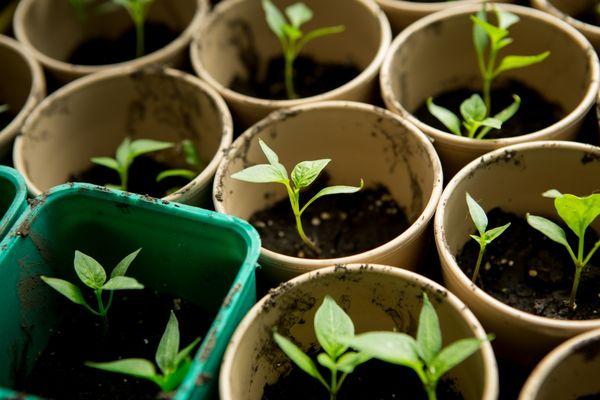

Poor sour and calcified soil is not very favorable for Arabis. In it, the plant does not fade, but grows too weakly.
Landing scheme
The optimal arrangement of seedlings is 40 x 40 centimeters. Thus, the Arabis bushes will grow well without conflicting with each other. To get the effect of a thick carpet of flowers, you need to place 3-4 seedlings in one hole. Depending on the subspecies and weather conditions, flowering can begin as early as late summer or next year.
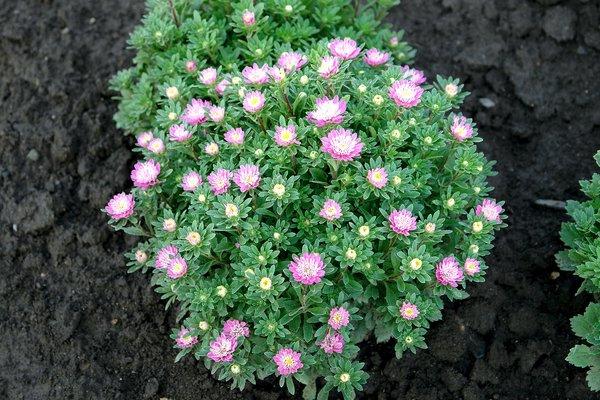

Pests and diseases of arabis
Sufficiently resistant to harmful insects and diseases, Arabis sometimes suffers from a viral mosaic and the eternal pest of cabbage crops of the cruciferous flea. Symptoms of the viral mosaic look like small brown spots on the leaves that gradually increase in size and eventually merge with each other.The mosaic is incurable, so the diseased specimen must be immediately removed and burned, and the soil in which it grew must be shed with a strong solution of potassium permanganate and nothing must be grown in this place for at least a year. As for the cruciferous flea, you should not waste time on laborious dusting of arabis with wood ash, it is better to immediately treat the site with Aktellik, Aktara, Biotlin, Karbofos or Iskra.
Check out these articles as well
Julia Minyaeva: growing pepper
Watering seedlings with hydrogen peroxide
How to revive a withered orchid
How to build a greenhouse with your own hands from polycarbonate video
Care
Due to its unpretentiousness, caring for perennial Arabis is uncomplicated and does not require the unique skills of a gardener.
Watering
This flower is highly resistant to drought, so it feels better with a lack of moisture than with an excess of it. Perennial Arabis should be watered sparingly and only during prolonged dry periods, using a garden watering can. Excessive irrigation should not be allowed, as it will provoke rotting of the root system. Drainage of stones, gravel and pebbles should be done to protect against heavy rainfall.
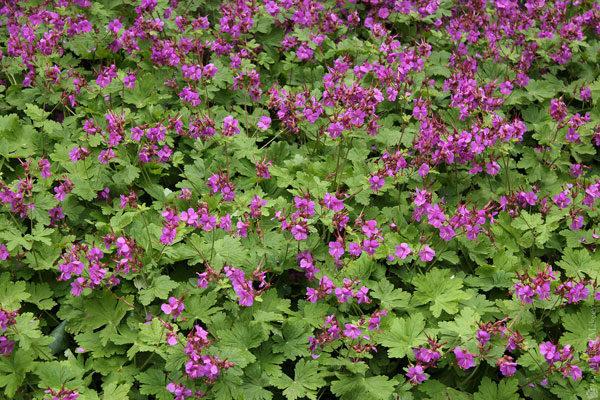

Loosening and weeding
Loosening the land is required after each irrigation. While the plant is young, it needs frequent weeding and removal of weeds. After a while, Arabis will gain enough strength to suppress weeds on its own.
Top dressing
Arabis should be fed with organic fertilizers in the spring, before the buds form. Mineral complex fertilizers must be applied at the root before the flowering of the plant.
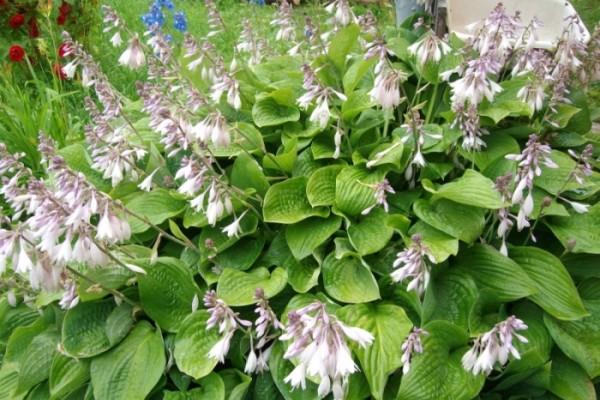

Pruning
Due to the rapid growth of stems, Arabis planted in carpet beds and mosaic garden compositions requires systematic pruning and shaping in order to maintain aesthetic appeal. Cuttings can be further used for plant propagation.
Transfer
The roots of arabis are very thin and fragile, so it must be transplanted very carefully to prevent damage:
- Make several 25 cm deep landing holes.
- Moderately moisten the soil under the bush.
- Gently loosen the soil around the plant and remove it together with the earthy clod.
- Transfer the bush to the prepared hole, cover with earth, slightly compact and water.
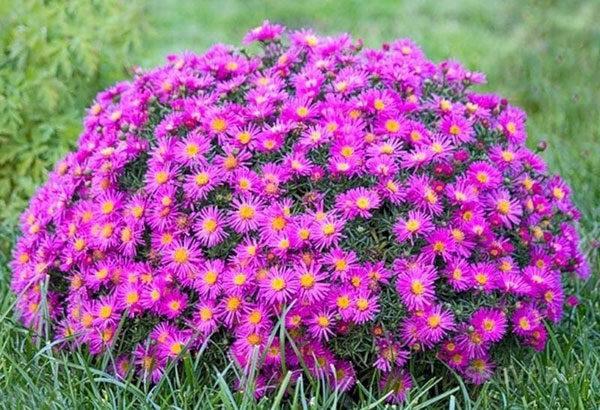

Arabis in a new place easily takes root and begins to grow.
Diseases and pests
Arabis is resistant to pests and various diseases, but in rare cases it can be affected by viral mosaics. The main symptom of this disease is the appearance of small brown spots on the surface of the leaves, which subsequently increase in size until they completely merge with each other. Unfortunately, the affected plant does not respond to treatment. It must be dug out of the soil and destroyed. After that, treat the area with a concentrated solution of potassium manganese. No horticultural crops can be grown on it for at least a year.
Among the insect pests that pose a threat to Arabis:
- cruciferous flea;
- snails and slugs;
- caterpillars of cabbage scoop.
Wood ash for dusting is ineffective in this case. Treatment of plantings with special preparations is required - for example, "Biotlin", "Aktara" or "Karbofos".
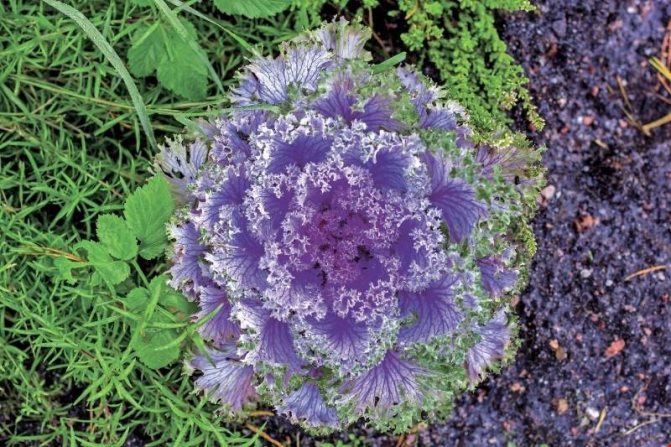

Caring for Arabis in the garden
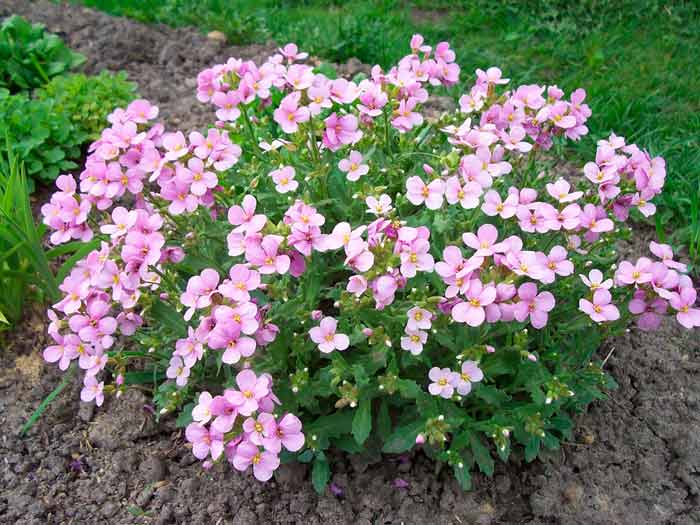

Razuha must be cared for in the same way as most common garden plants. It is required to water, weed, feed, cut in a timely manner, and also to loosen the surface of the site and monitor health. Such a flower is drought tolerant, and it is better to underfill than overflow. This means that watering should be arranged only when there is a prolonged dry period. Remember to water in moderation.
Arabis at the beginning of his life needs to ensure freedom from weeds, this requires frequent weeding. However, over time, the flower will get stronger and will "crush" the weeds by itself. Fast growing stems need to be pruned systematically to keep the shape of the plant neat. Timely removal of the flowers that have begun to fade promotes longer flowering.
Reproduction of Arabis
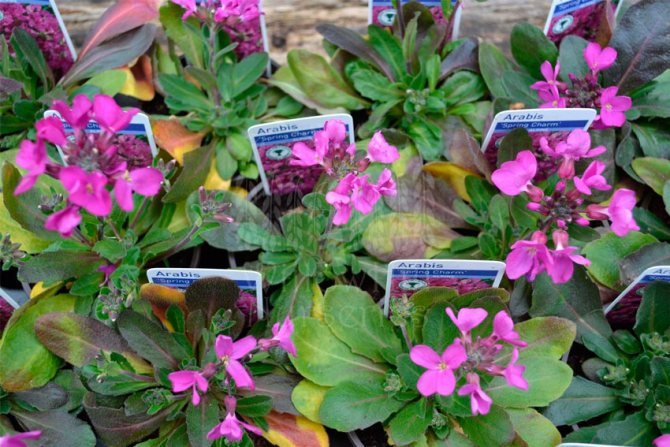

Razuha can be propagated by seeds, and also by such vegetative methods as: layering, cuttings and dividing the bush. The cultivation of this flower from seeds is described in great detail above. Cuttings can be propagated by terry or rather rare varieties of rezuhi. In this case, the stalk is a leaf plate with a heel, which is part of the cambial layer. Roots will grow from this layer. To obtain the "correct" cutting, you should tear off the leaf plate from the bush with a guy so that part of the shoot bark with the subcortex pulp separates with it. Cuttings are harvested at the end of flowering. If desired, you can take the upper part of the stem as a cutting, its length should be 10 centimeters, while all the leaf plates located below should be cut off from it. The cuttings are planted in a loose soil mixture at an angle, then the container must be covered with a cap, which should be transparent. The resulting mini-greenhouse should be placed in a well-lit place, which should be protected from direct sunlight. The soil should be constantly slightly damp. Cuttings also need systematic ventilation, and condensation must also be removed from the surface of the shelter. After the turgor of the upper leaf plates is restored, it will be possible to start transplanting cuttings into the garden.
To obtain a layering, you should choose a strong stem and bend it to the surface of the site. Fix this stem in this position in the area of the leaf node and do not forget to pinch the top. After young roots grow from the leaf node, the cuttings can be cut off from the mother bush and planted in a permanent place.
If you grow a terry or the rarest variety of Arabis, then in this case it is recommended to propagate it by dividing the bush. Remove the bush from the soil, divide it into several parts, which you plant in new permanent places. To propagate the flower in this way is recommended only at the end of flowering.
Transfer
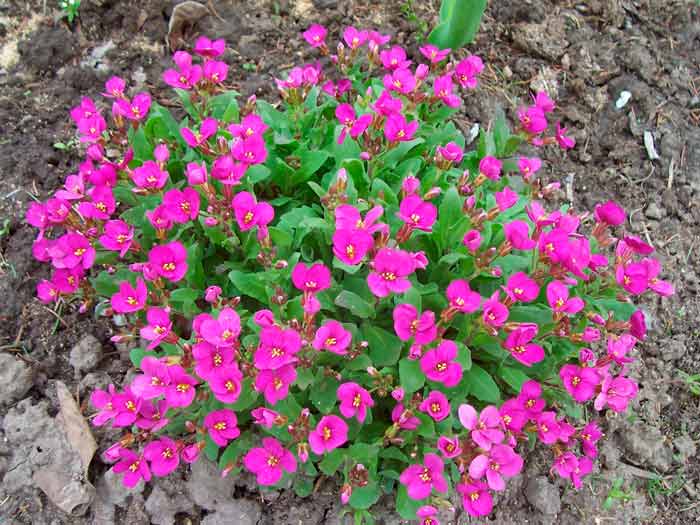

It is possible to propagate rezuha by dividing the bush without removing it from the soil. To do this, it is necessary to pin its shoots to the surface of the site and wait for the roots to grow out of the leaf nodes. Then the cuttings are separated from the parent bush. They will need to be divided into segments according to the number of root bundles. Then they are seated in their permanent places.
Diseases and pests
Rezuha is highly resistant to various diseases and pests. However, very rarely, she can get sick with a viral mosaic or a cruciferous flea can settle on it. If small specks of brown color appear on the surface of the leaf plates, which increase over time until they merge with each other, this indicates that the plant is infected with a viral mosaic. This specimen cannot be cured, so it must be removed from the ground and destroyed. The area where the infected flower grew must be shed with a strong solution of potassium manganese. Nothing can be grown on this site for at least 1 year.
If a cruciferous flea has settled on the bushes, then dusting them with wood ash will be an ineffective and rather laborious procedure. In such cases, it is recommended to spray the bushes with Aktara, Karbofos, Aktellik, Biotlin or Iskra.
Reproduction
There are several breeding methods for perennial Arabis. For these purposes, you can use seeds, cuttings and some other options.
Seeds
Perennial Arabis seeds are prepared in April. Planting boxes must be filled with a substrate made from garden soil and sand in a ratio of 3: 1. Seeds should be sown 0.5 cm deep. The optimum air temperature in the room is +20 ° С. After sowing the seeds, the box must be covered with glass. The soil must be moistened and ventilated for at least half an hour every day.
After the development of 2-3 leaves, the seedlings need to be transplanted into separate pots and grown before planting in open soil.
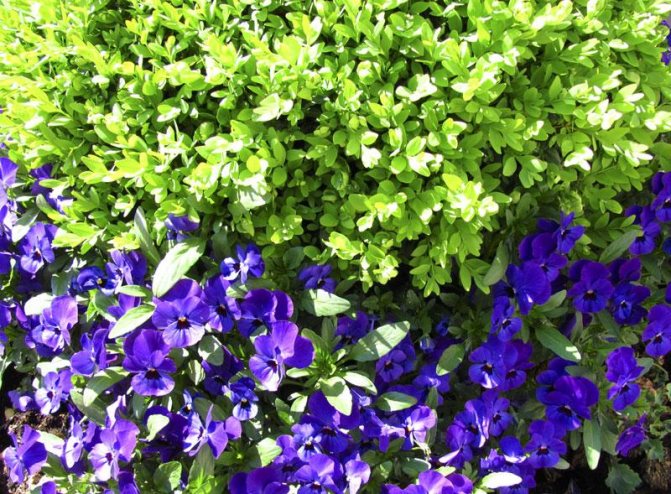

You can also sow seeds directly in your garden. For this, the soil must be well warmed up. The bed should be covered with spunbond before the first shoots appear.
Layers
To get a cut, you need to bend the Arabis shoot to the ground. In the area of the leaf node, fix it in the soil, and pinch the top.
As soon as the leaf node takes root young, you can separate the layers and transplant to the desired place.
Cuttings
Arabis can be propagated by cuttings from late April to mid-August. For harvesting shoots, absolutely healthy mother plants of at least three years of age are used.
You need to do the following:
- Cut off the top of the stem 6-8 cm long.
- Leave 1-2 leaves on top, and remove all the lower ones.
- Treat the cuttings with a substance that stimulates root growth.
- Plant in fertilized soil, keeping the distance between seedlings 40 cm, and between rows 20 cm.
- Create greenhouse conditions by covering the seedlings with plastic containers or film. In this case, it is necessary to ventilate the plantings every day and remove condensation from the covering material.
In order for the cuttings to take root faster, they need to be sprayed daily with water. In the summer heat, it is necessary to shade the beds, protecting them from intense sunlight. The root system of the plants will develop in about three weeks, after which they can be transplanted to a permanent place.
Dividing the bush
Plants that are more than four years old can be propagated by dividing the bush into several parts.
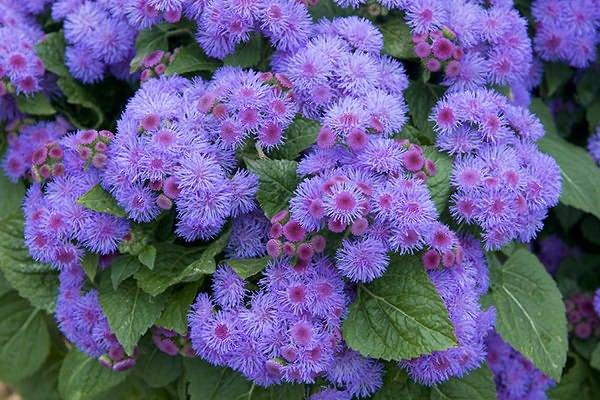

For this you need:
- After waiting for the end of flowering, water the bush abundantly and loosen the ground around it with a sharpened wooden peg.
- Remove the plant, shake off the rest of the soil and carefully divide into several parts - by hand or with a garden knife.
- Cut places of cuts with crushed coal.
- Immerse each part in a separate hole, sprinkle a little with soil on top and water.
Arabis wintering
In autumn, the bushes are cut at a distance of 3 cm from the ground and covered with spruce branches, if these are perennial varieties. Annuals are removed from the site completely and new flowers can be planted in their place. A good shelter from severe frosts will be non-woven fabric. To do this, build a frame around the bushes and stretch the agrofiber.
Arabis is suitable for decorating alpine slides and rockeries, they are decorated with rocky elements of landscape design. With this simple yet incredibly graceful plant, they strengthen the slopes and create striking accents. Growing rezuha is very simple, and this is exactly what you need when you do not always have time to take care of your backyard plot.
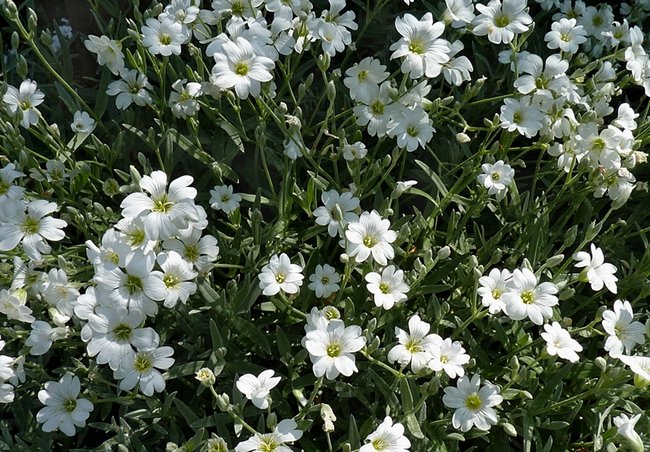

As you can see, this flower does not require extra attention. But, care and timely removal of grass and weeds will help the flower to open faster. Arabis is perfect even for novice gardeners. You do not need to stand near the flower and constantly spray from pests. This is one of the few flowers that flower pests are not afraid of. Arabis: planting and care in the open ground, photos - you have learned all this, so now without any fear, plant your alpine slide in your place. The paths from Arabis look very elegant, very beautiful, and besides all this, these flowers also smell amazing.
After flowering
At the end of the flowering period of perennial Arabis, you need to correctly collect the seeds, and then prepare the plant for wintering.
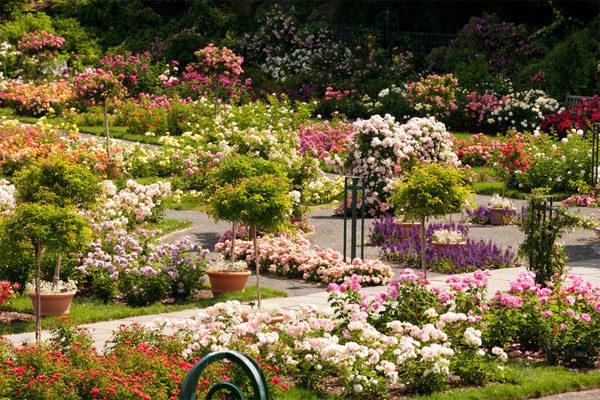

Collection and storage of seeds
Even during the flowering of Arabis, you should look after the most beautiful, strong and healthy inflorescences. It is they who are suitable for the subsequent collection of seeds. This should be done after the onset of the first frost on a dry and sunny day. It is not recommended to harvest in rainy weather, as this will negatively affect the germination of seeds.
The inflorescences should be cut along with part of the shoot.
In a well-ventilated area, they should be allowed to dry naturally while hanging. After that, you need to remove the seeds, place them in a small cardboard box and store in a darkened place, protected from moisture penetration.
Preparing for winter
Being a cold-resistant plant, Arabis can withstand temperatures of -5-7 ° C without special shelter. However, with a more significant decrease in temperature, it will need reliable protection.
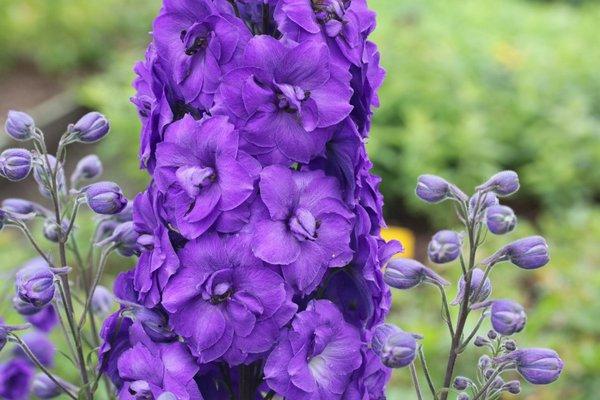

When severe frosts come, the stems should be cut so that approximately 20-40 mm pieces remain on the surface. After that, a shelter should be made for this area - it can be made of spruce branches, a special covering material or a layer of dry leaves.
Growing Arabis from seeds
Seed material for growing arabis is widely available for sale, so any grower can decorate his summer cottage with this plant. The decision of when to sow Arabis seeds is up to each grower independently. They can be sown directly into open ground in autumn or spring. Sowing is done in mid-April. The seedbed is covered with a non-woven fabric to retain moisture and heat.
The most rational way to grow from seeds is to sow seedlings. Arabis seeds germinate at temperatures not lower than +20 degrees. For sowing, prepare wide, shallow containers and fill them with a loose substrate. The seeds need light to germinate, so they are not buried deep in the soil. The soil surface is slightly compacted, moistened and seeds are spread over it. Sprinkle the seeds on top with a layer of earth, no more than 5 mm. The container with the crops is covered with foil and placed in a bright place.
The first shoots appear after 3-4 weeks. The cover is removed from the container, and then the seedlings are looked after as usual. After the formation of two true leaves, the seedlings dive into separate pots or cups.
Views
Among the many species for cultivation, the following are used.
Alpine
Alpine Arabis is one of the most popular species that grows in the highlands of Western Europe and North America, the Polar Urals, the Far East, and the northern part of Scandinavia.
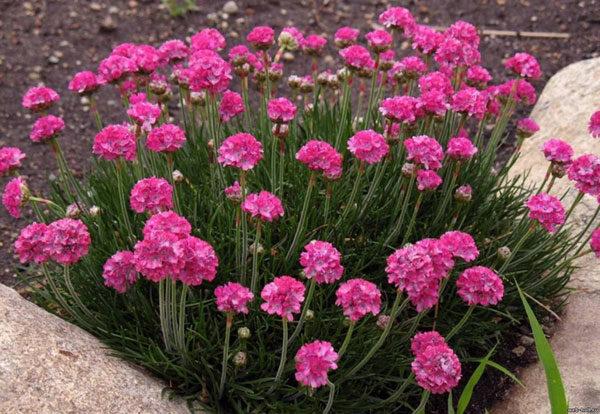

The flowers are white or pale pink in color, appear in April. They are collected in small racemose inflorescences. The leaves have different shapes - oval at the roots and heart-arrow-shaped on the stems.
Bruiform
Bruiform arabis is common in the alpine and subalpine belt of the mountainous regions of Bulgaria, Greece and Albania. The cushion-shaped bush reaches ten centimeters in height. Loose inflorescences contain only 3-6 white flowers. Small ciliate leaves of the plant are oval and slightly tomentose on the surface.
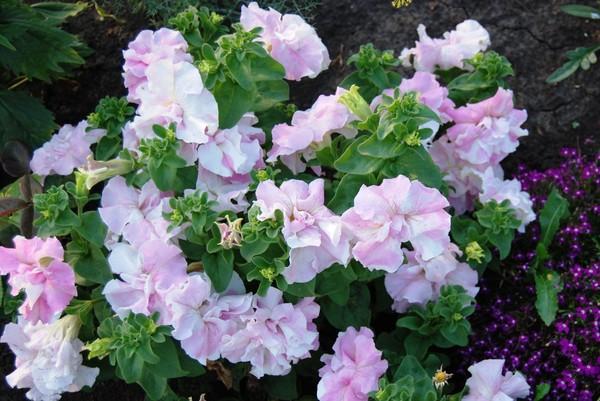

Caucasian
This subspecies is widespread in the Caucasus, Crimea, the Mediterranean, as well as Asia Minor and Central. The flowering period begins in June and lasts for four weeks, but individual flowers can appear on the bush until autumn. White large flowers are collected in racemose inflorescences. Small leaves are green in color with dense white pubescence. They have an oblong shape with large teeth along the edge.
Escaping
The escaping Arabis in natural conditions lives in the Balkans. Often this plant up to 12 centimeters high serves to anchor sliding slopes. The flowers are white or purple.Despite the unpretentiousness and resistance to frost, this species requires a reliable shelter for the wintering period.
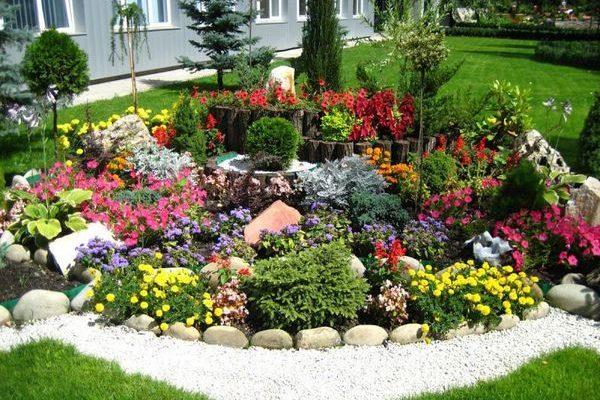

Undersized
The height of a bush belonging to this variety is no more than 15 centimeters. It is most widespread in the Alps and Apennines. White flowers appear in late May or early June.
Prolomnikovy
Broaching Arabis is found in Turkey, mainly on stone slopes at an altitude of about 2300 meters above sea level. The plant reaches 5-10 centimeters in height. Its small, pointed oval leaves form neat rosettes. White flowers are collected in loose corymbose inflorescences.
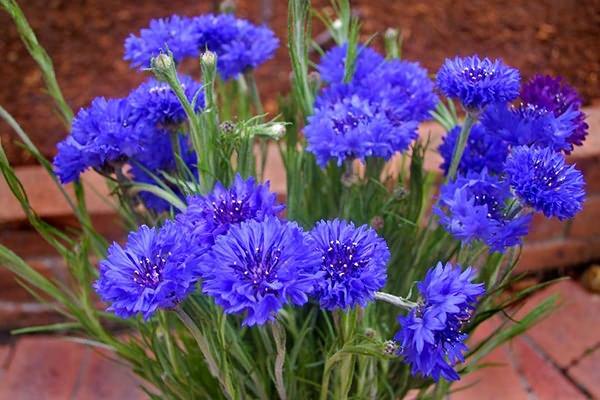

Ciliated
This species of perennial plant lives in the California mountains at 500 meters above sea level. Characteristic features are ciliate dark green leaves combined with lilac or pink flowers. The width of the bush reaches 25 centimeters, and the height, as a rule, is no more than 8 cm. This is a capricious species that cannot tolerate frost, but loves hot weather.
Ferdinand of Coburg Variegat
This plant, common in Bulgaria, attracts attention with its unusual color of leaves - with a light green center and a spectacular edging of white, light pink or yellow.
The lush flowers have a classic white color. The diameter of the bush is about 30 cm, and its height is no more than 5 cm. Such arabis is able to withstand sub-zero temperatures, but only if there is high-quality drainage.
Variegated
Variegated Arabis is another name for the previous species.
History of Arabis
Arabis translates as grinding or hardness. The reason for this is the sharp hairs on the leaves of the plant. Therefore, Arabis has a second name - Caucasian rezuha. In the common people, there is another name that does not find confirmation in the scientific literature - a sunbeam.
The birthplace of Arabis is the Caucasus, Central Asia, and the Crimea. The plant is considered mountainous, loves stony soil, can grow in cracks in rocks. Dislikes clay soil, excessive moisture, low places, shaded areas. The sun has a beneficial effect on Arabis, it grows faster, the color becomes bright, saturated. In gardening conditions, it is necessary to drain the soil with the addition of sand. Arabis is quite drought-resistant, but in case of prolonged absence it is still necessary to water it. It is advisable not to overmoisten the soil, but also not to allow it to dry out.
Popular varieties
Among the variety of varieties, each gardener will be able to choose a suitable option for himself.
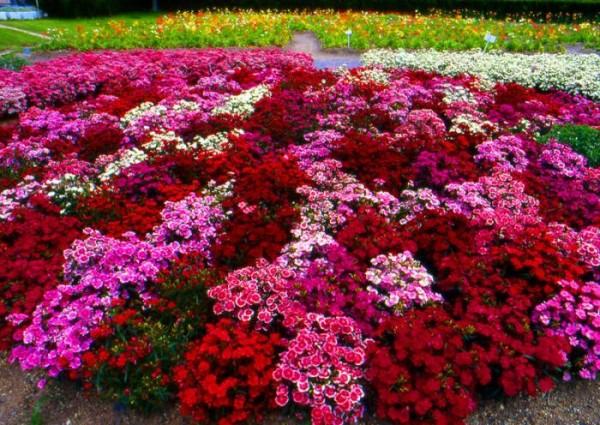

Schneeshaube
Schneeshaube is a popular variety of Alpine Arabis, characterized by large (up to 20 millimeters in diameter), snow-white flowers. They are collected in racemose inflorescences up to 15 centimeters long. The average height of one bush is 25 centimeters.
Terry
Terry rezuha looks like a levkoy She has pronounced large inflorescences in relation to the total size of the plant.
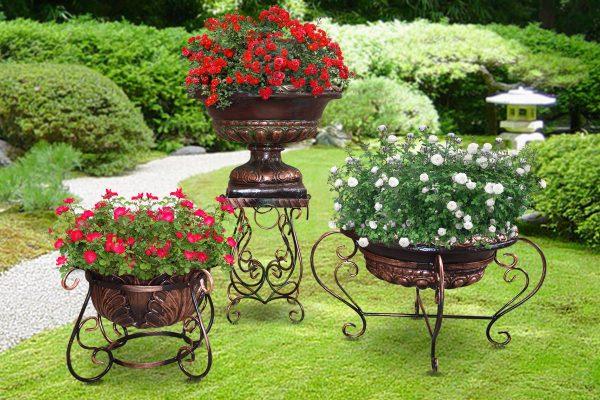

Pink
The pink creeper has creeping stems and reaches a height of 20-30 centimeters. Large flowers of a delicate pink shade are formed in inflorescences up to 12 centimeters in length. This variety is an adornment of the alpine city and borders.
Flore-Peno
This mountain variety is distinguished by lush white double flowers on long sturdy peduncles.
Variegata
Variegata is a type of Caucasian Arabis. Its distinctive feature is the gray-green dense foliage with a white rim, which looks very impressive throughout the whole season. In May, white flowers appear in the form of a lush cap.
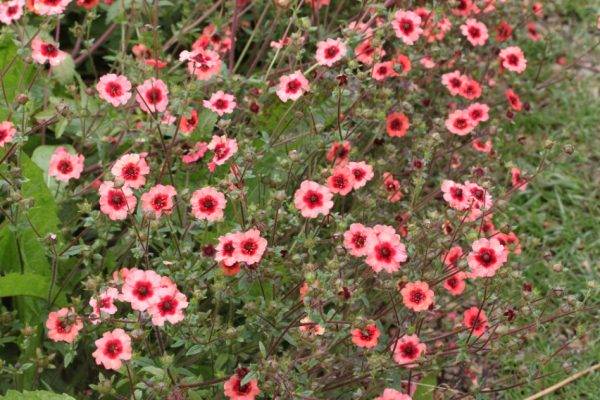

This is an unpretentious plant that can grow in poor and stony soils.
Rosabella
This species is distinguished by a rich pink color of lush inflorescences.
Route Sensation
It is characterized by an elongated shape of leaf plates, as well as a rich pink shade of flowers.
Frühlingshaber
Representatives of this variety have rich pink flowers and small neat leaves.
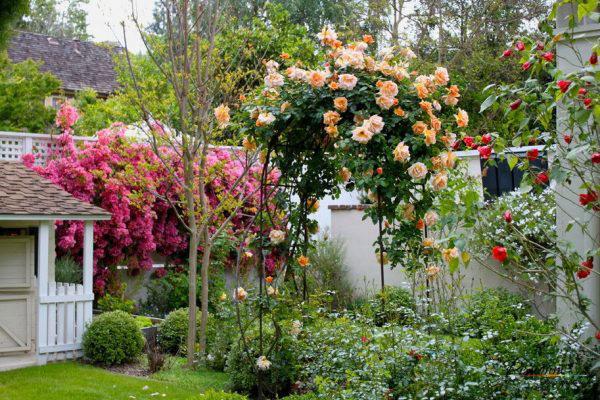

Zyunderman
Arabis Zyundermana belongs to dwarf varieties with a height of no more than 5 centimeters. It has small, dense leathery leaves with an attractive sheen, as well as white flowers. Grows in sunny areas with fertile soil.
Grandiflora
Grandiflora forms low curtains up to 20 centimeters. The flowers of this variety are pink and small in size, they are formed into classic racemose inflorescences.
Rezuha
Rezukha is the Russian name for Arabis. It is believed that it happened due to the property of the leaves of the plant to scratch the skin of the hands with small, hard hairs.
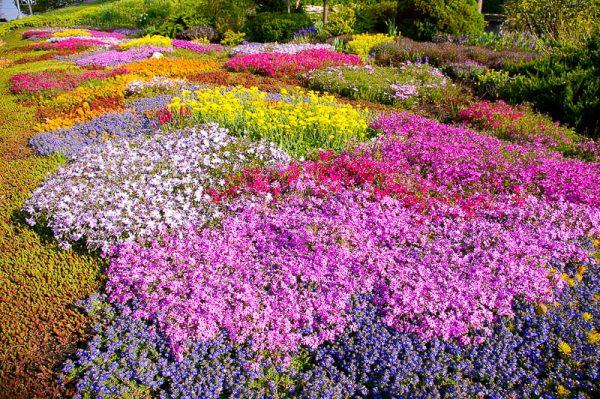

Arabis varieties
Each species of the genus "Rezukha" is unique and has its own characteristics.
Caucasian rezuha (Arabis caucasica) is distinguished by pink and white color of flowers. In width - up to 60 centimeters, height - 25 centimeters.
The most popular variety is Plena. It reaches a height of 25 centimeters.
The Schneehaube cultivar is characterized by abundant flowering.
Pay attention to the red Coccinea and the compact terry FlorePleno.
Of the new species, LaFraicheur and Compinkie are worth highlighting. They bloom in the summer.
Arends' rezuha is a hybrid. It is obtained by crossing Arabis aubrietoides and Arabis caucasica. The color of the flowers is pink.
The protruding razuha has dark green leaves. Flowering occurs in April. The most popular of the varieties is Neuschnee.
Variegata has leaves edged with white stripes.
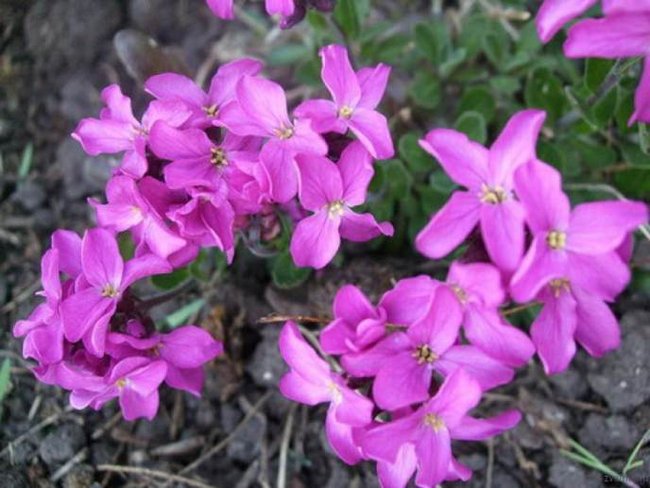

Caucasian rezuha (A. caucasica)
Perennial herb 20-25 cm high. Leaves of Caucasian Arabis are small, oblong, dentate along the edge, densely pubescent, rich green. The flowers are small, double, white, collected in racemose inflorescences about 8 cm long. The diameter of the flowers is 1.5 cm. Flowering occurs in June, lasts for 28 - 30 days. Sometimes on the bush, individual flowers bloom until early September. The fruit is oval-elongated.
Varieties of Caucasian rezuha:
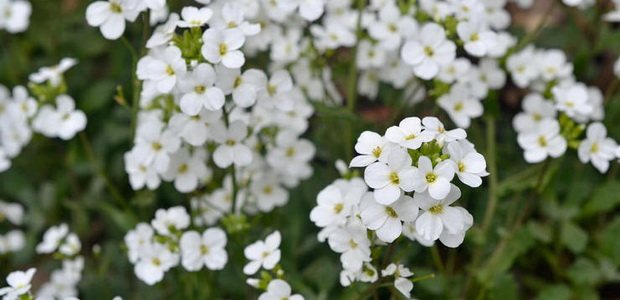

"Flore-Pleno" - a variety of Caucasian rezuha, which is distinguished by its lush flowering, during this period the bush is densely covered with white double flowers on long peduncles;


"Variegata" - differs in sheet plates with a yellow edge;
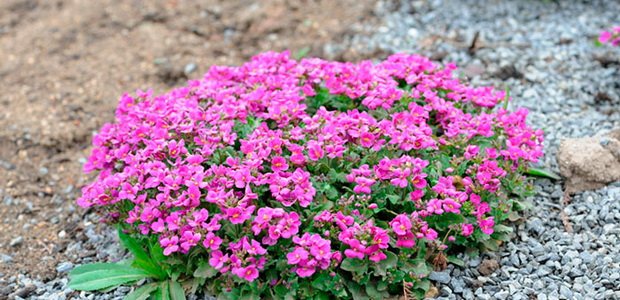

"Rosabella" - a spectacular variety with large pink inflorescences;
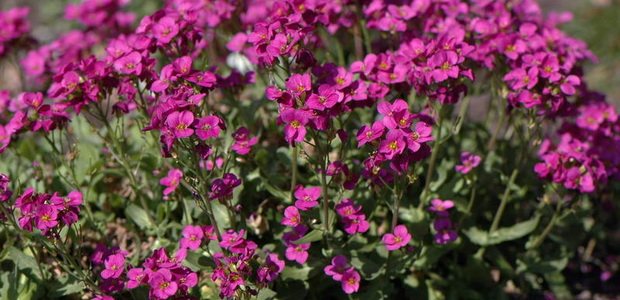

"Coccinea" - variety with purple flowers;
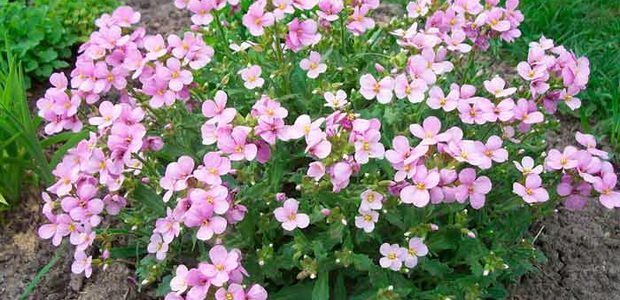

Little Treasure Rose - a variety of Caucasian arabis, which is valued for the fact that in a short time it forms a spectacular carpet of bright green leaves on the site, hiding behind numerous small flowers. The flowers can be white, pink, lilac and lilac. This perennial is distinguished by its unpretentiousness to growing conditions and the ability to develop successfully even in the absence of care;
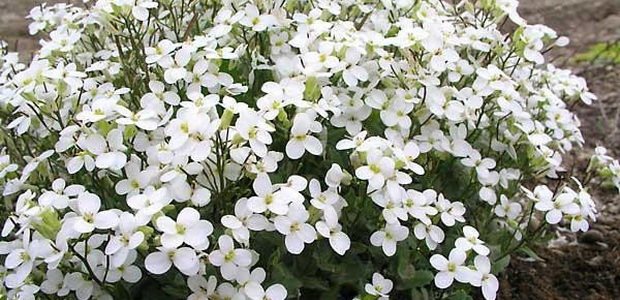

"Lotti White" - a variety of Caucasian Arabis, which can often be found on the sites of experienced gardeners and beginners. It is a compact perennial with a height not exceeding 15 cm. The leaves are small, rich green. Snow-white flowers are collected in racemose inflorescences. Their diameter is 15 mm. This is a frost-resistant variety that can withstand frosts down to -25 degrees.
The photo shows varieties of arabis or Caucasian rezuha, by looking at which, you can understand how they look on a personal plot:
Sagittal crusher (A. sagittata).
Annual or biennial herb, 30-45 cm tall. The stem and leaves are rough with branched hairs, in the lower part - with an admixture of simple ones. Basal leaves of razuha arrow-shaped in a rosette, oblong, narrowed into a petiole; stem - sessile, more or less deviated from the stem, with a cordate base and blunt ears that do not go over each other. Inflorescence is a narrow and long raceme. The flowers are white, 5-6 mm in diameter, the petals are horizontally deflected.Pedicels with fruits are 3-8 mm long. Pods 2-6 cm long, straight, pressed to the peduncle, linear, flattened; valves with prominent midrib. Seeds are small, brown, smooth or pinpoint, narrow-winged. Blossoms in June-July; bears fruit in July-August. Propagated exclusively by seeds.
It grows along the banks of rivers and lakes, in floodplain meadows, on dry warmed up coastal slopes, on limestone outcrops, less often in pine forests, in weedy places.
Botanical description of Arabis and its features
Arabis is a herbaceous flowering plant that most often belongs to perennials, although annual representatives are also found among the variety of species and varieties. This wonderful plant belongs to the large family Cabbage or Crestaceae. Arabis is considered a ground cover plant that can grow and cover large areas of the earth's surface in a short time. For this feature, this culture is used to create bright and unusual garden compositions, alpine slides and rocky gardens, which are the optimal habitat for arabis. The natural growth area of this evergreen plant is considered to be the mountainous territory of tropical Africa, the temperate regions of Europe and Asia, as well as the territory of North America. Arabis is a mountain plant, so in nature it is found on the slopes of mountains and rocks high above sea level.
The origin of the scientific Latin name for this creeping shrub is not known for certain. However, besides him, this plant has several more names that characterize the features of the appearance of a small bush. In Russia, Arabis is most often called a butcher. This is due to the fact that the stems and leaves of many varieties of the plant are covered with tough villi, which severely injure hands when trying to pick a flower. Translated from Greek, the word Arabis means "grinding", which is possibly also associated with the presence of villi on the shoots of the flower. Today, many gardeners call this plant a sun bunny, which very accurately conveys the brightness and freshness of flowers against the background of lush green foliage.
Arabis has been known in culture for many years. It was first grown in gardens and courtyards about 200 years ago and since then this delicate flower has not lost its popularity among gardeners. It can still be found in the design of rock gardens, mixborders, rockeries and rocky gardens. On the Internet, you can find just a huge number of photos of perennial Arabis in a variety of garden compositions, which once again prove that this is a unique plant, ideal for creating carpet landscapes.
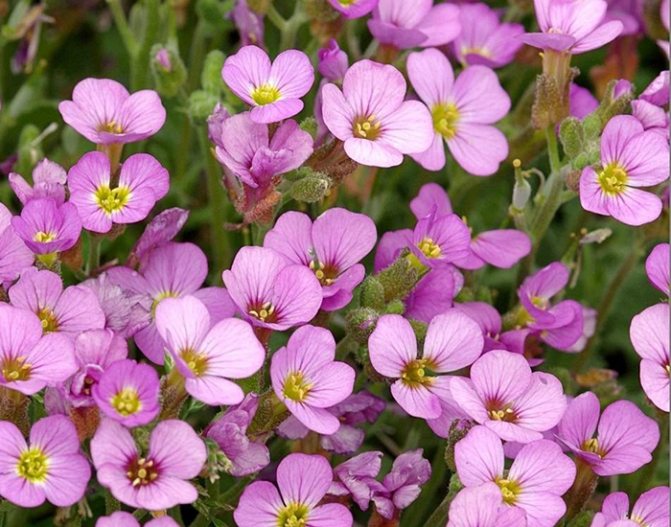

Description of Arabis:
- Arabis is a perennial herb that tolerates winter frosts and does not lose foliage. Therefore, many varieties of this culture are considered evergreen, they perfectly withstand temperature changes, differences in lighting and strong prolonged cold weather.
- It is a low-growing ground cover plant that grows and takes root very quickly, which allows it to create beautiful flowering and fragrant carpets.
- Bushes are formed by creeping stems, which take root on their own as the plant grows.
- In height, the bush can be at most 15-30 cm, but in the horizontal direction the stems grow by 35-40 cm.
- The stems are covered with small villi, rather hard to the touch, which can easily hurt.
- Arabis leaves can be small to medium in size, heart-shaped, whole, with a smooth or jagged edge.
- Evergreen foliage can vary in color. There are varieties with bright green foliage, with a variegated color, which is expressed in silvery spots or stripes.
- The leaf blade can be smooth or slightly pubescent.
- Arabis bloom begins around the end of April or early May and lasts for quite a long time, about 4-5 weeks.If the weather is cool, the plant will delight you with longer flowering, which can last up to 8 weeks.
- Arabis bushes look spectacular during abundant flowering. The whole pillow of green foliage is covered with small and delicate flowers, which can be 1.5 cm in diameter.
- Flowers can be simple, consisting of several petals, or double, collected in small racemes, loose inflorescences.
- The color range of Arabis inflorescences is also striking, which is represented by pink, purple, yellow and white shades.
- Another feature of this creeping plant is the presence of a wonderful sweetish aroma that flowers exude during the flowering period.
- After flowering of inflorescences, fruits appear on the stems in the form of oblong pods with flat seeds.
- This plant is characterized by good resistance to cold and drought, as well as undemanding growing conditions.
- It is widely used in wild cultivation and to decorate gardens, greenhouses, flower beds and alpine slides.
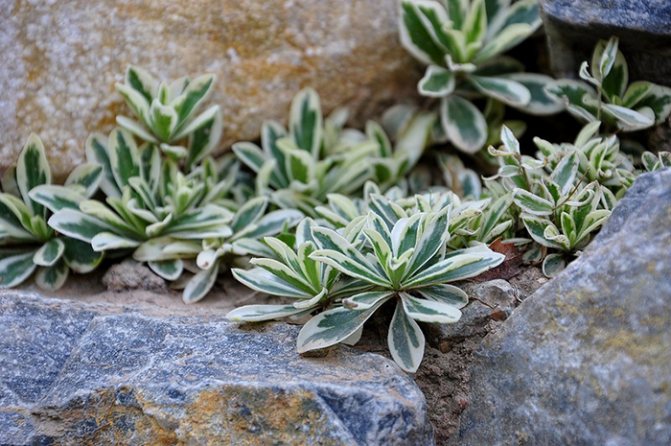

Combination with colors
Arabis looks more colorful with early bulbous plants (tulip, iris and others). The Arabis flower is suitable for compositions with other flowers, as well as for planting in the form of a border. More often Arabis is used in the decor of a rock garden or rockery. When planting in tandem with other flowers, you need to remember that the flower grows rapidly and displaces other plants in the neighborhood.
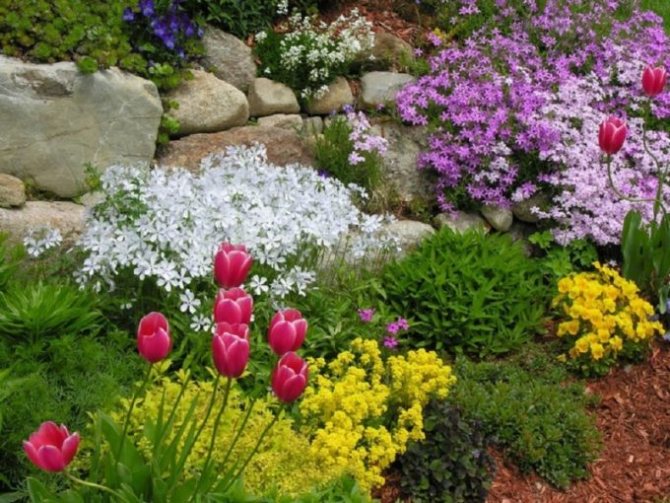

Arabis transplant
Sometimes perennial Arabis needs to be transplanted to another place, then, in addition to the question of leaving and planting, the question arises of how to transplant the rezuha. By the way, the photo below shows a variety of Arabis called "Snow Cloud".
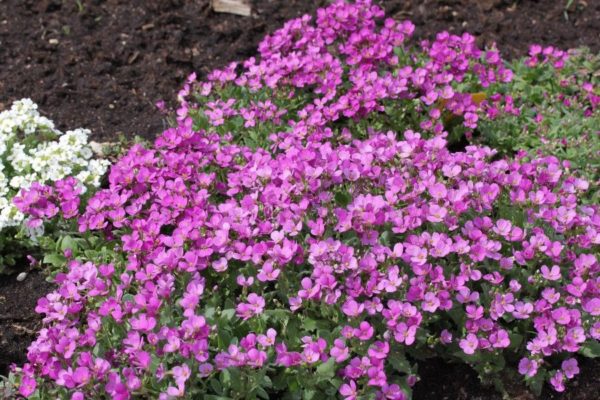

So, with regard to transplanting, it is important to remember that Arabis has very thin roots that are easily damaged, so it is better to transplant using the transshipment method. Here are detailed instructions for transplanting this plant:
- We prepare wells in advance with a depth of no more than 25 cm.
- Before transplanting, water the soil so that the soil is sufficiently moist.
- We loosen the soil next to the Arabis and carefully pull it out along with the earth from its original place.
- We transplant the razuha into a new hole.
- We fill the plant with soil and compact it a little.
- Water the plant again.
Preparing the landing site
It is necessary to determine a well-lit area of the terrain, far from tall trees and bushes. Prepare the soil, add sand, make sure that water will not stagnate in this place. The root system of the flower is whimsical, it will immediately react negatively to excess moisture. Arabis does not require additional fertilizing, the need for mineral soil substances is minimal. If in nature the plant grows beautifully, blooms and grows prettier in rocky, sandy soil, then it will not be difficult to create these conditions at the summer cottage.
Interesting fact-legend
Historians claim that Arabis has been familiar to human society for at least two centuries. And lovers of Icelandic folklore know the legend of an inconspicuous flower, which the elves gave a magical charm.
A magical family lived in the crown of a tall tree. It gave the little creatures coolness. And they ate the nectar of nearby flowers. But one night a terrible thunderstorm began. Thunder shook the air. A huge lightning struck the tree and it caught fire. The frightened elves in a hurry left their dwelling and hid in the wet grass. In the morning they found that the rain had extinguished the fire, but the wood had been completely burnt out.
The little creatures had to go in search of a new habitat. All day they tried to carry out their plans, but it did not work. The shrubs were already inhabited by insects. And the trees are small animals and birds.
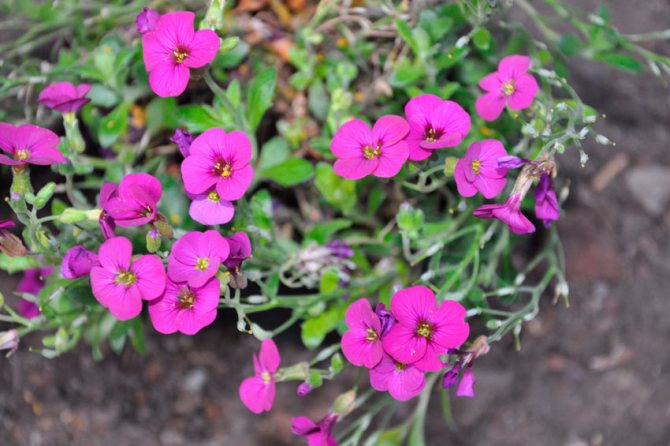

In the evening, exhausted refugees turned to flowers with a request to shelter them. But the representatives of the flora did not want to crush their lush petals. Only Arabis allowed the elves to hide in their thickets.In the morning, all the plants saw that the unsightly rezuha had acquired a magical charm. Now it was impossible to look away from the beautiful bushes with small flowers. It was a gift from grateful elves.
Rezuha is not considered an exotic plant that boggles the imagination. It is small, the inflorescences are modest, and the leaf blades do not have their original shape. But many gardeners like to plant Arabis in their plots. He is quite unpretentious in care. Its gentle beauty captivates any person.
Arabis hybrid Arends "Snowfix"
(Arabis arendsii "Snowfix")
Garden hybrid (A. aubrietioides x A. caucasica). Perennial plant up to 20 cm tall. Stems are recumbent, rising at the ends. Varieties with purple-pink ("Coccinea"), pink ("Atrorosea") light pink ("Rosabella") large flowers that do not fade in the sun. They prefer partial shade.
Plants form low clumps 5-15 cm tall. The flowers are white, collected in a brush. Blooms in May-June. The flowers are inconspicuous. Interesting at the time of fruiting, thanks to the original fruits.
(Arabis androsacea)
Cushion-shaped perennial 5-10 cm tall. The leaves are small, oval with a sharp tip, collected in rosettes. White flowers in a loose shield appear in summer.
(Arabis blepharophylla)
A perennial plant with a height of 8 cm and a bush with a diameter of up to 25 cm. The leaves are gray-green, the flowers are dark pink. Shelter for the winter is a must.
A perennial plant with a height of 20-25 cm. It differs only in the color of flowers, and the intensity of pink color in different plants is not the same. Blooms two weeks later than white non-double species.
Alpine Arabis and site design
One of the most profitable options for using perennials is to fill the empty space in the plantings of bulbous spring plants (tulips, daffodils). It is indispensable for decorating a garden of stones, alpine slides, decorating borders and ridges.
You can create wonderful compositions with flowering plants and ornamental grasses, and the Alpine rezuha planted on the slope will not only decorate it, but also strengthen it.
Alpine Arabis, a beautiful ground cover plant, will become a worthy decoration of any territory, and grown in a pot will decorate a balcony, loggia, terrace, veranda.
Arabis flowers - description
Arabis flowers are grown as annual and perennial ground cover plants with rooting creeping stems. Arabis can reach a height of 30 cm. The leaves of the razuha are green, densely pubescent, whole, cordate, sometimes serrated along the edges. Pink, white, purple or yellowish flowers, simple or double, up to 1.5 cm in diameter, collected in small but dense racemose inflorescences. The lush and long-lasting flowering of arabis, which begins in the second half of spring, is accompanied by a pleasant aroma, to which bees flock en masse. The fruit is a pod with flat seeds, winged in some species.


The relatives of arabis are plants such as alyssum, horseradish, rape, cabbage, mustard, iberis, radish and other cruciferous crops. In addition to a strong aroma, rezuha is undemanding to growing conditions, so planting and caring for Arabis in the open field is easy and pleasant.
Botanical characteristic
The genus Razuha (arabis) includes perennial or annual herbs from the cabbage family. Distributed in the temperate climate of the Northern Hemisphere and tropical regions of mountainous Africa.
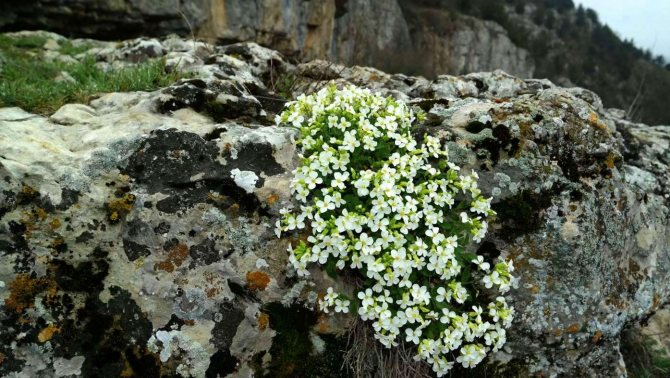

Arabis in nature
Growing area in nature:
- rocks;
- clayey slopes and talus;
- steppe belt;
- sands.
Basal leaves are short petiolate, oval, entire or toothed, green. The arrangement of the leaves is alternate. Stem leaves are lanceolate, sessile, or may not be present at all. Due to pubescence, they appear gray. The shape and size of the leaves is very diverse.
Stem erect, 5 to 35 cm tall, glabrous or covered with simple, prominent hairs.In some species, for example, in the sandy razuha, pedicels and sepals are pubescent. The branches fall or lie on the ground. The flowers are fragrant, four-petalled, simple and double, in a racemose inflorescence. The petals are white, cream, pink or purple.
Arabis flowers The fruit is a linear bivalve pod. The seeds are flat. Oval-oblong, brown, sometimes winged. Thin numerous roots sink into the ground to a depth of 15 cm.
Description of the Arabis flower
Some varieties are annuals, while others are perennial herbaceous plants that have creeping stems. Bushes grow up to 30 cm in length. The leaves are colored deep green, the edges are jagged. Flowers can be of completely different colors. They gather in small, dense racemose inflorescences. Blooming is observed in May. The plant gives off a strong and pleasant scent that attracts bees. In autumn, pods filled with seeds are formed on the stems of the razuha. Arabis shares similarities with other cruciferous garden crops such as horseradish, Iberis, radish or mustard. This ground cover is considered an unpretentious plant to care for, which allows even novice gardeners to breed it.
Watering and fertilizing
With prolonged drought, Caucasian rezuha is watered no more than 1 time per week. In the spring, the plant needs strength and watering should be done every 4 days. When the bush has completely bloomed, it is necessary to cut off all the branches to 6 cm in size. If you leave uncircumcised Arabis for the winter, then next spring it will not bloom. It is recommended to feed the plant immediately after planting. After that, it should be fertilized in the spring before flowering. No more additives are required during the growth of the rash.
Arabis reproduction by dividing the bushes
This is perhaps the simplest breeding method that does not require the use of any preparations for germination, special conditions or costs. You can divide the bush both in the middle of spring and at the end of summer. Theoretically, you can get about 15 new plants from one bush, however, we recommend dividing it into large parts to increase survival.
It is worth noting that you can divide only those bushes that are 3-4 years old. Younger ones can die during division. The process is as follows: carefully dig up the rhizome and with a sharp knife separate part of the aboveground and underground parts from the mother plant. The cut should be sprinkled with activated charcoal so that the plant does not become infected with the fungus. Next, we plant a new bush in a new place, burying it at the same depth at which the mother bush grew. Water and shade from direct sunlight for 2-3 days for better survival. Interestingly, the separated part of the bush can bloom in the same season in which you transplanted. Therefore, this method is the most popular.
Arabis ciliate or ciliate (A. blepharophylla)
A low-growing herb no more than 8 cm high. It grows up to 24 cm wide, forming lush clumps.
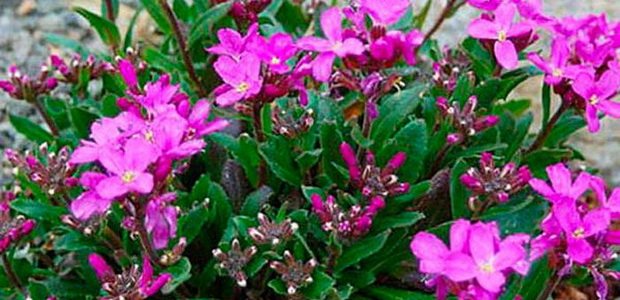

Leaves and stems are dark green, densely pubescent, therefore they have a gray tint. The flowers are deep pink or lilac, collected in racemose inflorescences.
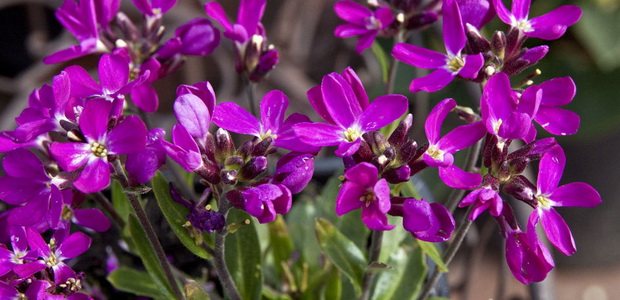

Flowering begins in May and lasts until June. This type of rash is one of the most capricious. Requires special care. Loves heat, does not tolerate frost. Lack or excess of moisture negatively affects this plant. Arabis ciliate cannot grow on poor soil, but excess fertilizer also negatively affects its well-being.
Varieties of ciliated arabis:
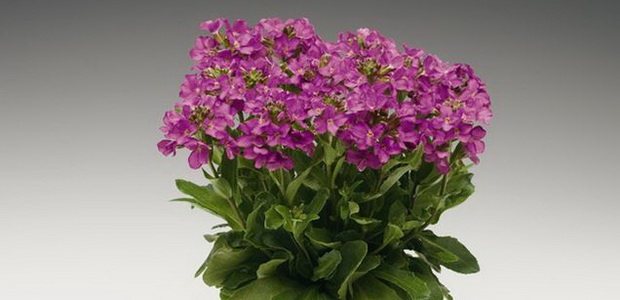

"Route Sensation" - a variety characterized by narrow, elongated leaf plates of a bright green hue and rich pink flowers;
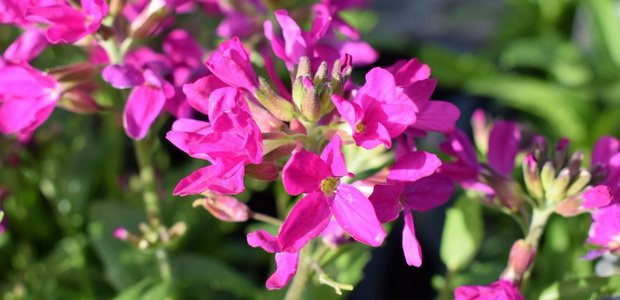

"Frühlingshaber" - a plant with small leaves of a dark green color, flowers are pale pink;
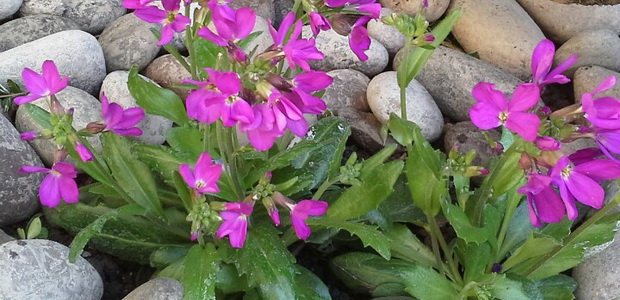

Rose Delight - a variety of ciliated arabis, which is a compact perennial bush with a height of 10 to 20 cm.Its stems are thin, creeping. The variety has bright pink inflorescences that look very beautiful against the background of green leaves. It begins to bloom in March-April-May, depending on the region. This flower is perfect for decorating areas with poor soil, where other ornamental plants cannot grow.
Hanging cress (A. pendula).
Rezuha drooping is a herbaceous annual or perennial up to 120 cm high, has a strongly branching stem. The leaves are dark green, simple, covered with coarse hairs. The lower leaves are attached to the petioles, the upper ones are sessile with a cordate base, oval, oblong or lanceolate, pointed. At the tops of the shoots, inflorescences are formed, the whiskers. The flowers are small, white, with sepals covered with hairs. The fruit is a flat, arched pod up to 10 cm long. The inside of the fruit contains seeds 2 mm long. This species blooms in July and lasts until August.
Sand razuha (A. arenosa).
An annual or perennial herb about 100 cm high with a thin filamentous root. Shoots are erect, highly branched, glabrous from above, dense pubescence in the lower part. The leaves are formed into a root rosette. The stem leaves have small, coarse hairs, which is why their surface is rough. The upper leaves are simple, linear, with slight pubescence. The inflorescence of sandy rezuha is a brush with numerous flowers of white, pink and lilac shades. Flowering begins in June and lasts until September.
Ferdinand Coburg's Rezukh (A. ferdinandi-coburgii).
Arabis by Ferdinand of Coburg is a perennial herbaceous ground cover that grows in a wide, lush carpet. Its height is no more than 8 cm. Shoots are tough, branched, root quickly when in contact with the soil. Leaves are light green, shiny, with a thin white border around the edge. Racemose, loose inflorescences about 10 cm long are formed at the tops of the stems. They consist of many white flowers with a diameter of 0.5 cm. Flowering lasts from May to June.
Rezuha Grandiflora pink.
Arabis Grandiflora pink is a medium-sized perennial with shoots about 25 - 30 cm high. It is valued for its large, up to 2 cm in diameter, pale pink flowers. Stems of this species tend to quickly spread over large areas and form a lush, bright carpet. This species can grow successfully on any, even poor soil.
Content
- Listen to the article
- Description
- Growing Arabis from seeds Sowing
- Seedling care
- Arabis pick
- When to plant
- How to grow
- How and when to collect seeds
Care features
Caring for a razuha consists in feeding, watering, pruning. At the time of planting the buds, a mineral complex for garden flowers is introduced. The second time fertilization without nitrogen is applied at the end of summer. Irrigation is carried out regularly as the land dries up. After flowering is complete, the dry parts are removed, and the stems are cut by 1/3.
The groundcover can withstand winter frosts down to -5 ° C. If in the area the temperature drops below, then the flower garden with a razuha is covered with branches of coniferous trees, a film. And from above, the structure is filled up with boards so that the strong wind does not destroy it.
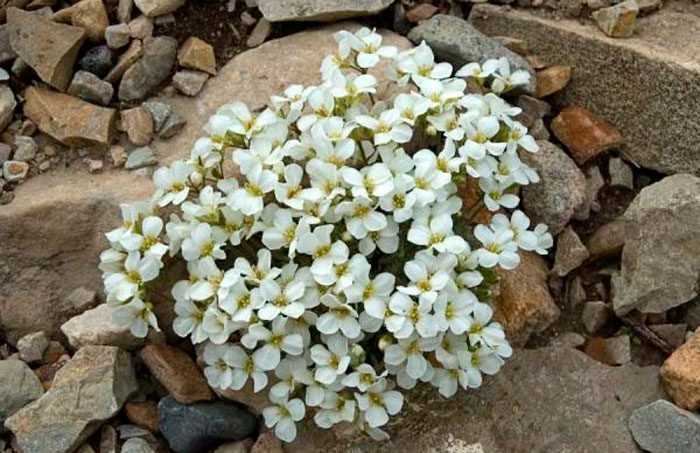

Reproduction of Arabis: the most common ways
Arabis can be propagated in various ways, it all depends on the specific variety and decorativeness of the plant. The most common methods for obtaining young plants are the following: seed propagation, propagation by cuttings and dividing the bush. Each option is characterized by its own characteristics and rules, which must be taken into account in order to obtain healthy and abundantly flowering plants.
Seed propagation of arabis
- This method is used for reproduction of species plants. If you want to grow seedlings of decorative varieties, for example, with double flowers, then with the help of seeds you will not get the desired plant. With seed reproduction, maternal traits are not transmitted.
- Arabis seeds can be easily purchased at various garden centers or flower shops. If a handsome Arabis is already growing on your site, then you can try to collect the seeds yourself.
- On the Internet, you can find a huge number of photos of planting Arabis with seeds. There is nothing complicated here, and the sequence of actions is the same as in many other flowering herbaceous plants.
- Seeds must be sown directly into the ground in the fall before winter, while with the seedling method, seeds are sown in containers in early spring, around April.
- The seeds are buried in the ground by about half a centimeter, after which it is worth waiting for their emergence.
- After the emergence of strong seedlings with a pair of leaves, young Arabis plants dive at a distance of about 35-40 cm from each other.
- When using the seedling method, it is necessary to prepare containers with a soil mixture, which should consist of garden soil and sand.
- It is imperative to warm up the soil before sowing, after which the seeds are buried and covered with a film on top to increase germination.
- The germination temperature should be about 20 degrees.
- After about 20-25 days, the seedlings will sprout and the cover can be removed. When the first leaves appear, the seedlings can be hardened. If you are going to use Arabis as a ground cover plant, you do not need to dive the seedlings.
- Seedlings after planting will begin to bloom in the second year.
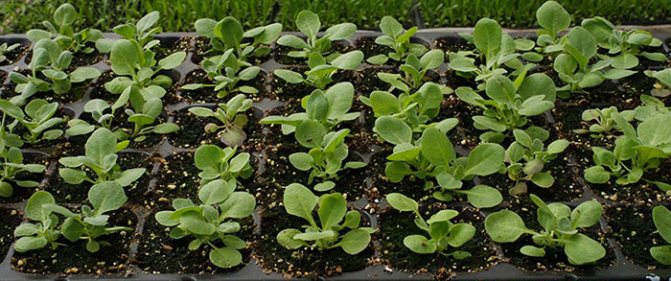

Reproduction of Arabis by dividing the bush
- In this way, only terry and other decorative varieties of arabis reproduce. This allows you to preserve all the maternal characteristics of the plant.
- It is necessary to deal with the division of the Arabis bush only after they have reached 3 or 4 years. It is not recommended to divide young bushes.
- Such a process should be carried out in late summer or early autumn after the end of the flowering period.
- To do this, it is important to carefully remove the bush from the soil and lightly shake the soil from the roots.
- Up to 20 young plants can be obtained from one adult bush.
- Using a sharp knife or pruner, the Arabis bush must be cut into the required number of divisions.
- At the same time, it is important to immediately process all the cuts with crushed coal so that they heal faster.
- In the prepared area, planting holes are made at a distance of about 35-40 cm from each other and delenki are planted, after which they are abundantly watered.
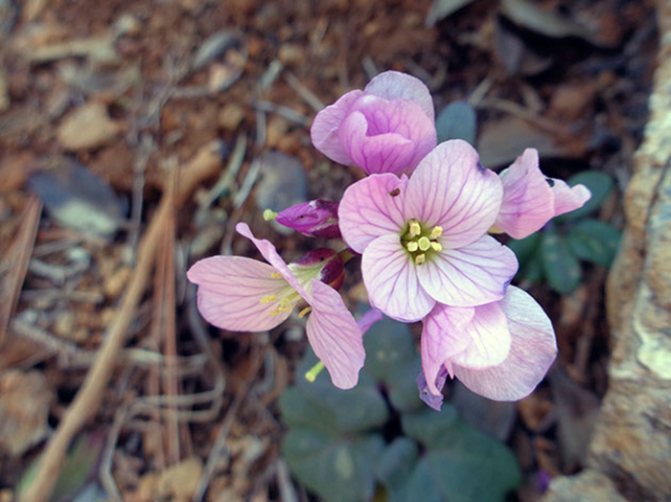

Propagation of Arabis by cuttings
- This method of breeding Arabis is also used for breeding ornamental crop varieties.
- It is recommended to harvest planting material after the end of the flowering of arabis.
- As cuttings, you can use the leaves along with the heel, from which the roots will appear. To obtain such planting material, the sheet should not be cut off, but torn off, slightly pulling towards itself. This will give you a leaf with a piece of bark called a heel.
- Apical shoots can also be used as cuttings. To obtain them at the end of flowering, it is necessary to cut off the top of the shoot about 10 cm long. After that, all the lower leaves are removed.
- All cuttings are planted in a greenhouse or greenhouse at an angle, after which the beds are watered and loosened.
- It is recommended to cover the cuttings with foil or separate plastic bottles for each seedling.
- Daily care consists in maintaining the moisture content of the substrate, ventilating the cuttings, and removing condensation.
- When the leaves become elastic again, the cuttings can be planted in a permanent place.
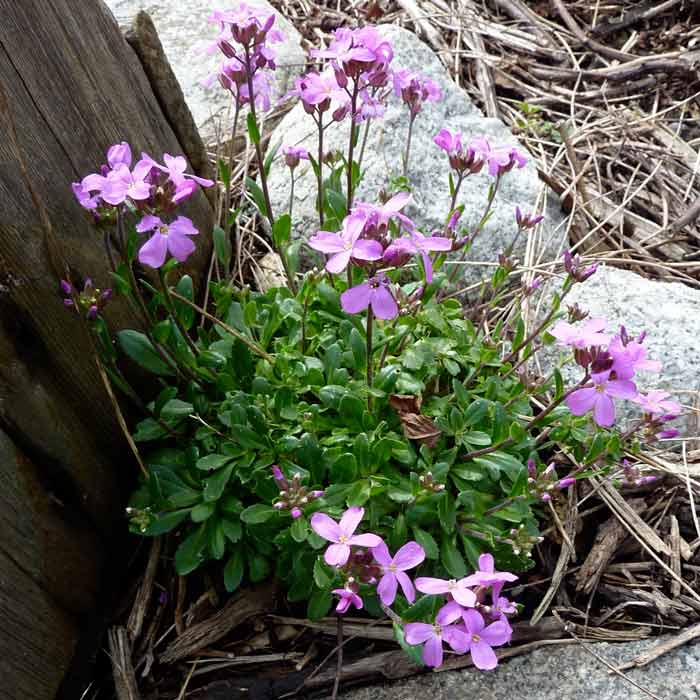

Growing methods in the Moscow region
Arabis is most often obtained by sowing seeds, which are equally productive in early spring or late autumn.Since it forms a powerful root system quickly enough, the containers for planting must be deep.
Seeds are placed in a nutritious soil, sprinkling on top of no more than 5 mm. To maintain the moisture level, it is advisable to use cling film or covering material that promotes faster germination of seed.
Reproduction by cuttings is possible. When growing new planting material, the stems obtained during the summer pruning of adult bushes are used, which are further rooted.
Arabis propagation by cuttings
Let's discuss growing arabis from cuttings. This option is only available if you have a mother plant. We do not recommend buying cuttings anywhere. Cut off the cuttings immediately after flowering. We retreat from the top about 10-12 cm and make an oblique cut. Each cutting should have at least five nodes, so adjust the length depending on how many nodes there are. Next, you can place the cut shoots in a root growth stimulator in order to achieve early germination, or immediately plant the cutting in the ground, deepening 2/3 of its length. We plant the stalk at an angle of 45 ° in order to achieve the correct growth of the rhizome.
After a few weeks, the young plant will take root and grow. In the autumn of the same year, Arabis can be transplanted to a permanent place.
Planting dates for seedlings
A ground cover plant can be grown in seedlings. In the first decade of March, the seed is placed in containers with a wet mixture of river sand and garden soil to a depth of half a centimeter. The container is placed in a plastic bag, left in a warm place.
Seedlings will appear in a month, during which time the soil is watered several times as it dries. The film is removed, and the container is placed in a bright place. Small plants moisturize in a timely manner, fertilize 2 times. Do not forget about loosening the soil.
If the gardener plans to plant herbaceous plants on the garden bed so that a grassy “carpet” is subsequently formed, then the pick is not carried out.
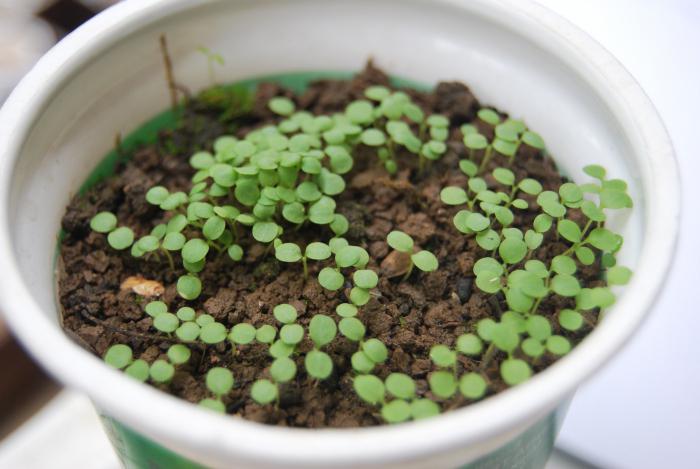

Seedling cuttings
Description of the plant
Alpine Arabis (Arabis) is a representative of the Cruciferous family. It is a perennial plant with a developed root system. Distributed on rocky soil, hills and slopes.
When it touches the ground, it quickly takes root. Creeping stems, climbing, can reach a height of 25-30 cm. Leaves densely pubescent with villi, medium-sized, tightly attached to the stem. They have a silvery-white or grayish color, heart-shaped, oblong. Basal leaves grow less densely, have an oval shape and are collected in a rosette.
Alpine Arabis gives abundant flowering in early April and continues until mid-June. The flowers are white, bright pink, up to 2 cm in diameter. In a cool spring, the flowering period is up to 8 weeks. Has a sweet aroma, honey plant. By mid-July, fruits appear - brown pods containing seeds for further reproduction
Propagated also by cuttings and dividing the bushes. Does not tolerate dampness and windiness. Due to its rapid growth, it has earned popularity from South America to the vastness of Europe and Asia.
Varietal variety and types
There are over 100 varieties of arabis. The most widespread are the Alpine and Caucasian species. The alpine cut, as it is also called Arabis alpina, perfectly complements the compositions in the flower beds. Its use on alpine slides or rockeries will add originality to your garden. It has several varieties of decorative forms.
- (Variety Var.rosea)
A perennial plant that blooms with small pink racemose inflorescences that reach 12 cm. It goes well with other varieties of the flower, can be planted as an addition to the flower arrangement, or as an independent planting. The flowering period is 30-40 days.
- (Var. Florе-pleno)
It is very similar to the original shape, but its inflorescences resemble levka - they are just as large. Flowers give an average diameter - up to 2 cm. Blooms from mid-May to early July.
- (Cv F.schneehaube)
One of the early flowering varieties - gives the first flowers in mid-April. They are white, about 1.5 cm in diameter, collected in racemes up to 15 cm long. Plant height 15-20 cm.
How Alpine Arabis reproduces
Reproduction takes place by seeds, dividing a bush or cuttings. The bushes are divided when many roots have formed - in early spring or late August. The optimal age for division is 4 years. Such a plant can be divided into 20 daughter bushes.
The seeds ripen from the end of June. When sowing them, it should be borne in mind that seedlings will only appear after a year. This procedure is carried out in winter or spring, blowing up small rows - no more than 20 cm deep - and sowing seeds in them.
If the method of grafting is chosen, from May to June they are transplanted directly into the ground. For better rooting of the cuttings, the lower leaf is separated so as to expose the cambial layer, which is the basis for the root system. This method is mainly used for terry Arabis varieties that do not produce seeds. Cuttings are also used for seedlings, but the plant is unpretentious and takes root immediately in the soil.
Alpine Arabis tolerates winter weather conditions well, it is enough just to make a cover made of polyethylene. Frost-resistant varieties have already been bred that do not require shelter.
Conditions for growth and flowering
Alpine arabis is planted in a sunny open place. This makes it possible to obtain more lush and compact flower cushions. Some varieties, especially variegated species, prefer to grow in partial shade.
The soil should be loose, with an admixture of sand, well-drained. Excess moisture and abundant watering does not tolerate well, therefore waterlogging is undesirable and can lead to the death of the plant. It is recommended to water only when the soil is completely dry during a dry period. Fertilization with humus is welcome to ensure active growth and more inflorescences.
After the end of flowering, the stems are cut, which allows you to maintain the shape of the bush. Cutting gives a guarantee of even greater flowering of the Alpine crusher for the next year.
Carry out regular weeding - due to the rapid growth of the root system, the flower can slow down the growth of neighboring plants.
The neighborhood with crocuses and daffodils will be favorable - they complement each other perfectly. The combination with bright tulips is especially effective. Arabis is planted directly above the bulbs and is used to surround rose bushes, trees, shrubs - to create a backdrop around them.
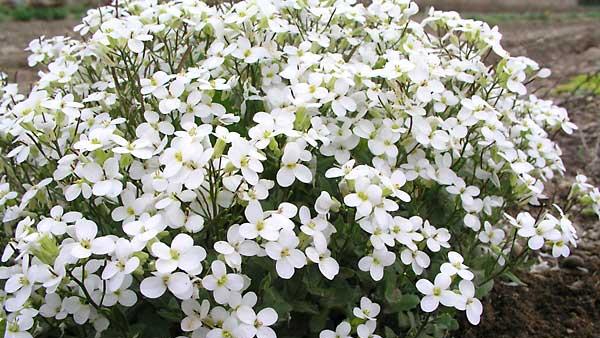

Tips for using arabis in garden design
Perennial Arabis flower is well suited to rockeries, dry streams or stone walls. Foliage is especially effective when climbing over rocks or cascading over walls.
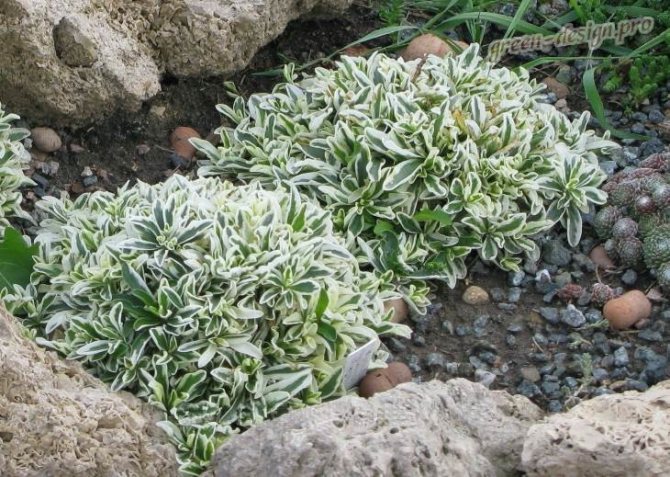

The flowers form a dense, creeping mat perfect for mountain gardens, retaining walls, steep banks, and as a ground cover for poor, dry, sunny areas. The "carpet" of flowers contrasts beautifully with larger, more saturated or upright perennials. Rezuha also looks good in mixborders, all kinds of flower beds. An excellent option would be to plant a plant around the edges of a flower bed or flower garden.
What to do in winter
Arabis has a low frost resistance and can withstand temperatures as low as -7 C. In severe frosts, the flower will die. In the fall, the plant is usually pruned. The shoots are shortened in a similar way so that only stumps up to 4 cm long remain above the surface of the earth. They need to be covered with dry foliage or spruce branches.
The Arabis flower reproduces quickly and is easy to care for. Therefore, rezuha is an excellent option for ennobling suburban areas.The owner of a country house does not need to often visit flower beds with arabis, since the plant grows beautifully without the gardener's leaving.
Now read:
- Growing Tropical Diplomacy at Home
- Exquisite junkus (sitnik) spiral in the interior
- Care, feeding at home of a predatory Dionea
- A bright addition to the flower bed Sisyurinkhiem (blue-eyed)
About
Chief agronomist of the Limited Liability Company "Association of Peasant (Farming) Farms" Kuznetsovskaya "", Ilovlinsky District of the Volgograd Region.
Care advice
- Cultivation includes all the usual procedures: fertilization, loosening the soil near the plants, removing weeds, sanitary and formative pruning.
- Watering should be done very sparingly. Arabis is a drought-resistant plant, so it is better not to water it again than to swamp the soil. Increase soil moisture during very hot and dry summer days.
- Periodically remove faded inflorescences, then the flowering period increases. Also, make sure that no damaged, dried out shoots are left. Thin the bushes periodically so that the sun will penetrate in the right amount to all parts of the plant.
- Arabis is rarely attacked by harmful insects. Only in some cases is it affected by cruciferous flea beetles or viral mosaics. It is useless to fight the latter.
- When small spots of a brownish tint appear, which increase over time, then urgently dig up the plant. Then treat the soil with a strong solution of potassium permanganate. Plant plants in this place only after a year.
- Treatment of bushes with drugs will help from a cruciferous flea: Karbofos, Aktara, Iskra, Aktellika.
Arabis by Ferdinand of Coburg "Variegata"
(Arabis ferdinandi-coburgii "Variegata")
Semi-evergreen perennial plant 5 cm high and a bush up to 30 cm in diameter. It is highly valued for its abundant flowering in May, the flowers are white. It has light green leaves with white edging. Sometimes there are forms with a pinkish edging. The plant is hardy, provided there is good drainage.
Arabis is an unpretentious flowering plant that forms a lush and picturesque floral carpet, therefore it is loved by the owners of and. In total, there are about 200 species of this plant, but only two are most popular in our latitudes: Caucasian and Alpine Arabis.
Description of perennial arabis
Plant height is approximately 20-25 cm, creeping and weaving stems. Arabis flowers, 1-1.5 cm in diameter, have a sweet pleasant aroma, and after a long flowering period (about a month, around May-June), the plant continues to delight with dense foliage with a silvery tint. Arabis leaves are light green, fluffy, oblong with smooth or jagged edges. It is planted, as a rule, along the paths, among the alpine slides and along the mixbroders. The combination of arabis with tulips looks very advantageous.
Growing Arabis from seeds
Arabis is an unpretentious perennial plant that thrives especially well in soft, loose soil, such as sandy. It is better to choose places that are well lit, then the plant will grow and develop especially actively.
Arabis seeds are sown in special boxes either in early October or in spring - in April-May. The optimum soil temperature should be approximately 20 ° C. Seeds are sown shallowly - about 5 mm from the surface. In order to ensure good germination for sure, you can cover the seeds on top with a non-woven material, for example, agrospan, which will simplify watering, prevent water from eroding the soil and provide uniform moisture, preventing water stagnation, which can have a detrimental effect on both young and already mature plant.
Planting, growing and caring for Arabis seedlings
After 2-3 full-fledged leaves appear on the shoots, the seedlings can be transplanted into open ground.It is best to do this according to the 40 by 40 cm scheme.If you want the overgrown Arabis to cover the entire planting area, it makes sense to plant 3-4 plants in one hole, then they will grow into a uniform carpet, which, when flowering, will completely hide the soil. After planting, the plant should be fed with mineral fertilizers, which will provide it with a long period of lush flowering.
After the end of flowering, the stems on which there were flowers are cut to a height of 3-4 cm from the ground and sprinkled with earth. They will grow back quickly and bloom even more magnificently next year. The cut off stems can be used as cuttings for vegetative propagation. Watering Arabis should be carried out only during a period of prolonged drought; under normal conditions, it has enough episodic natural moisture.
After planting, seedlings, as a rule, bloom the next year, although when planted in spring they can be covered with flowers at the end of August under appropriate weather conditions.
Reproduction of Arabis
Arabis can be grown in several ways: from seeds, cuttings and by dividing an existing bush. Cutting is practiced during the period of May-June, for these purposes it is optimal to use part of the new shoot of the current year or, as mentioned above, to take the shoots cut off after flowering. The lower two leaves are removed and the cuttings are planted obliquely to a depth of about 4 cm, and this can be done both on the beds in the greenhouse, and on a permanent place, be sure to shade with grass or leaves. It takes an average of 3 weeks to root.
The division of the bush can be done in the spring - in April or at the end of summer. From one four-year-old bush, up to 30 young ones are obtained. You can also separate a part of the plant without digging up the mother. "Delenki" are seated at a distance of 30 cm from each other.
Arabis, better known as Rezuha, is a plant with a delicate honey scent that fills your garden in early spring. These small cute flowers creeping along the soil perfectly complement the compositions of flower beds and flower borders. Also, Arabis will be a wonderful decorative design:
- alpine slide;
- discount mixborder;
- rockery Border.
Moreover, growing it from seeds will not be difficult. The flowers of Arabis are distinguished by their unpretentiousness in care and a pleasant heady scent.
The use of a plant in landscape design
Florists love Arabis for its delicate airy bloom and accommodating disposition. The flower feels great both in small garden beds and in spacious multi-species compositions. The plant successfully decorates curbs, rockeries or low fences, hides the problem areas of the site with lush flowering.
Arabis is ideal for alpine slides and all kinds of hilly plantations due to its mountainous origin.
In the photo, an alpine slide with alpine arabis:
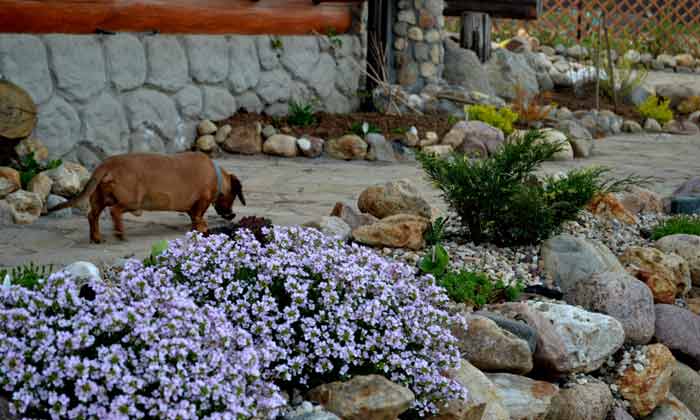

Rezuha on an alpine slide


When planting it in the spring, you should wait for flowers only next year. Therefore, it is better to plant a bright annual plant next to it. In a few years, the alpine rezuha will cover the entire free area in the composition.
Arabis loves light, it is better to place it in an open area, away from trees and bushes. Planted at the top of a hill, it will give abundant bright blooms and a fragrant aroma.
In flower beds, Arabis behaves like an intractable neighbor. It can quickly displace nearby growing plants. It is better to plant it with alissum or roses, it successfully decorates the area under shrubs and trees.
Varieties of arabis: photo
Diseases and pests of rashes
Like all flower plants, chester is susceptible to disease and is attacked by pests.
| Disease / pest | Signs | Control measures |
| Viral mosaic | Dark growing spots on the leaves. | It is not treated. Dig up and destroy the bush. |
| Cruciferous flea | The appearance of holes in the leaves. | Treat with insecticides:
|

